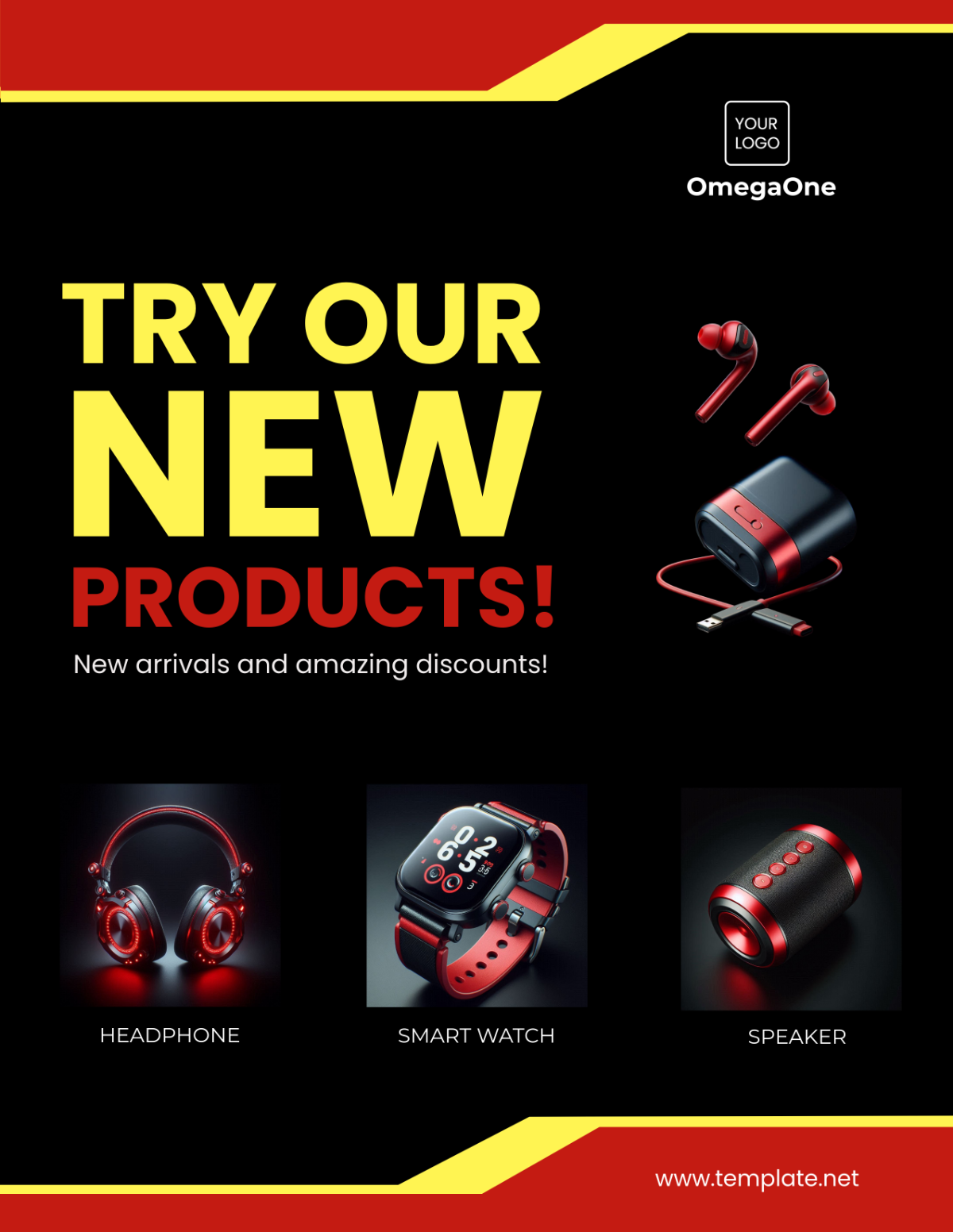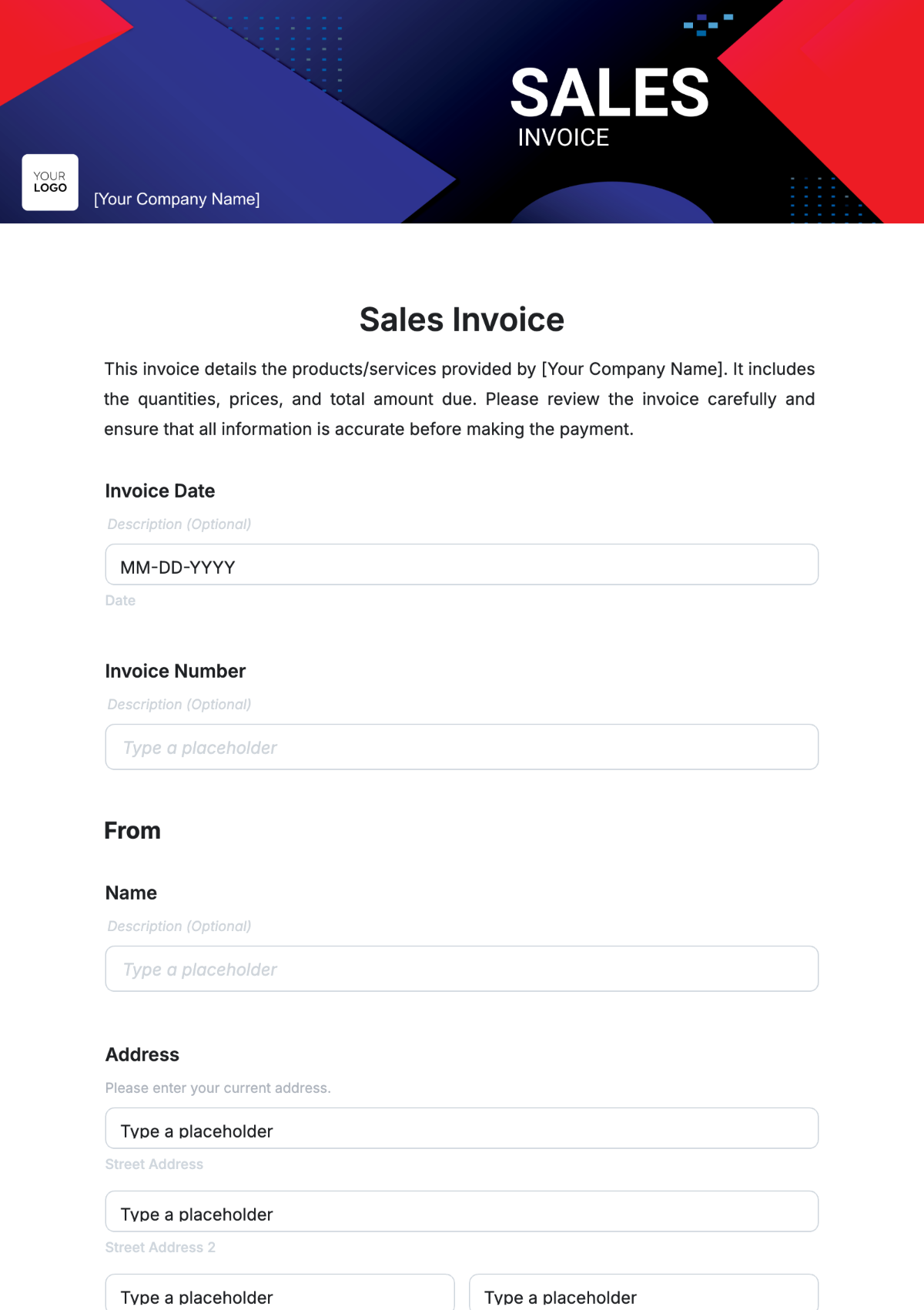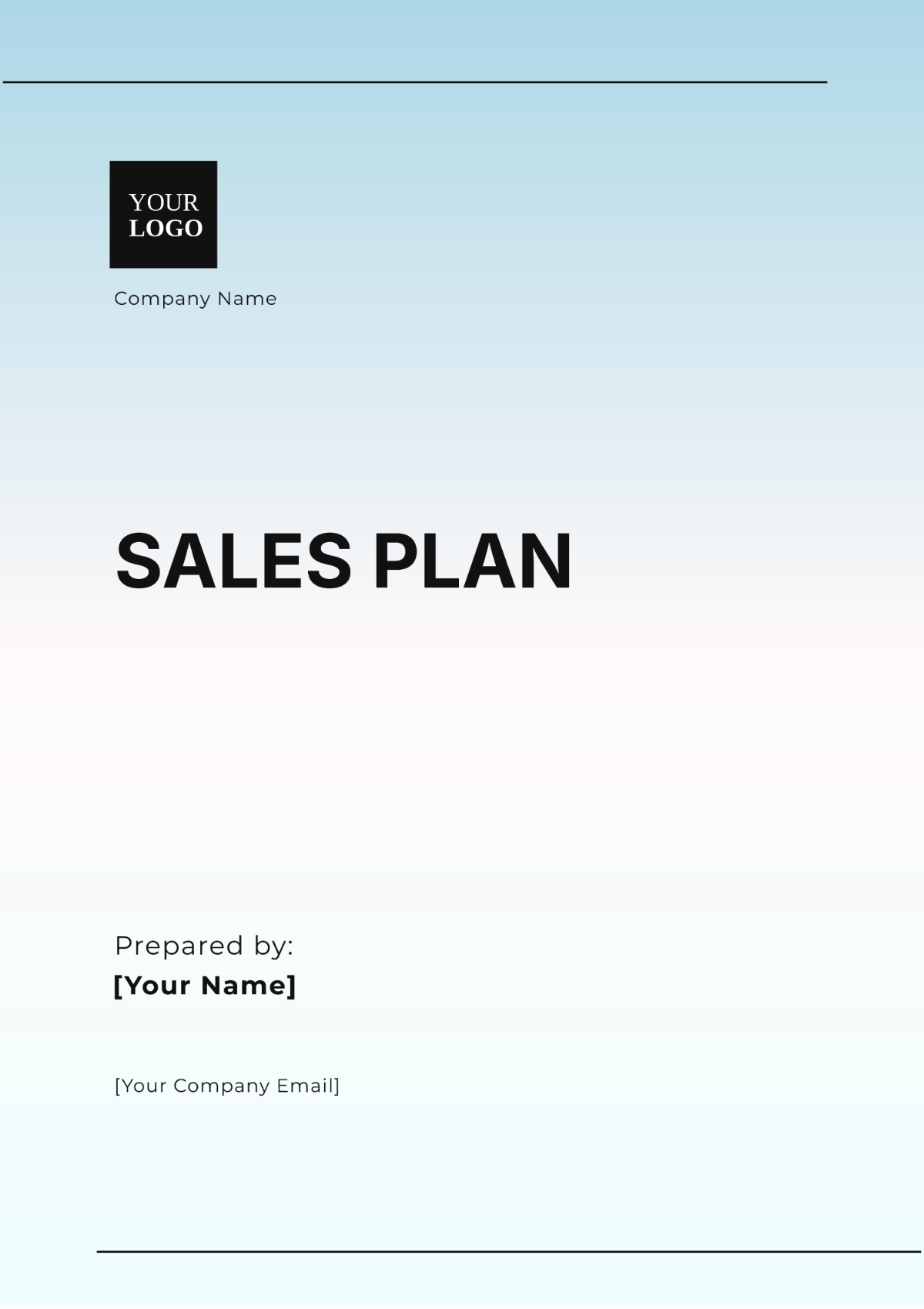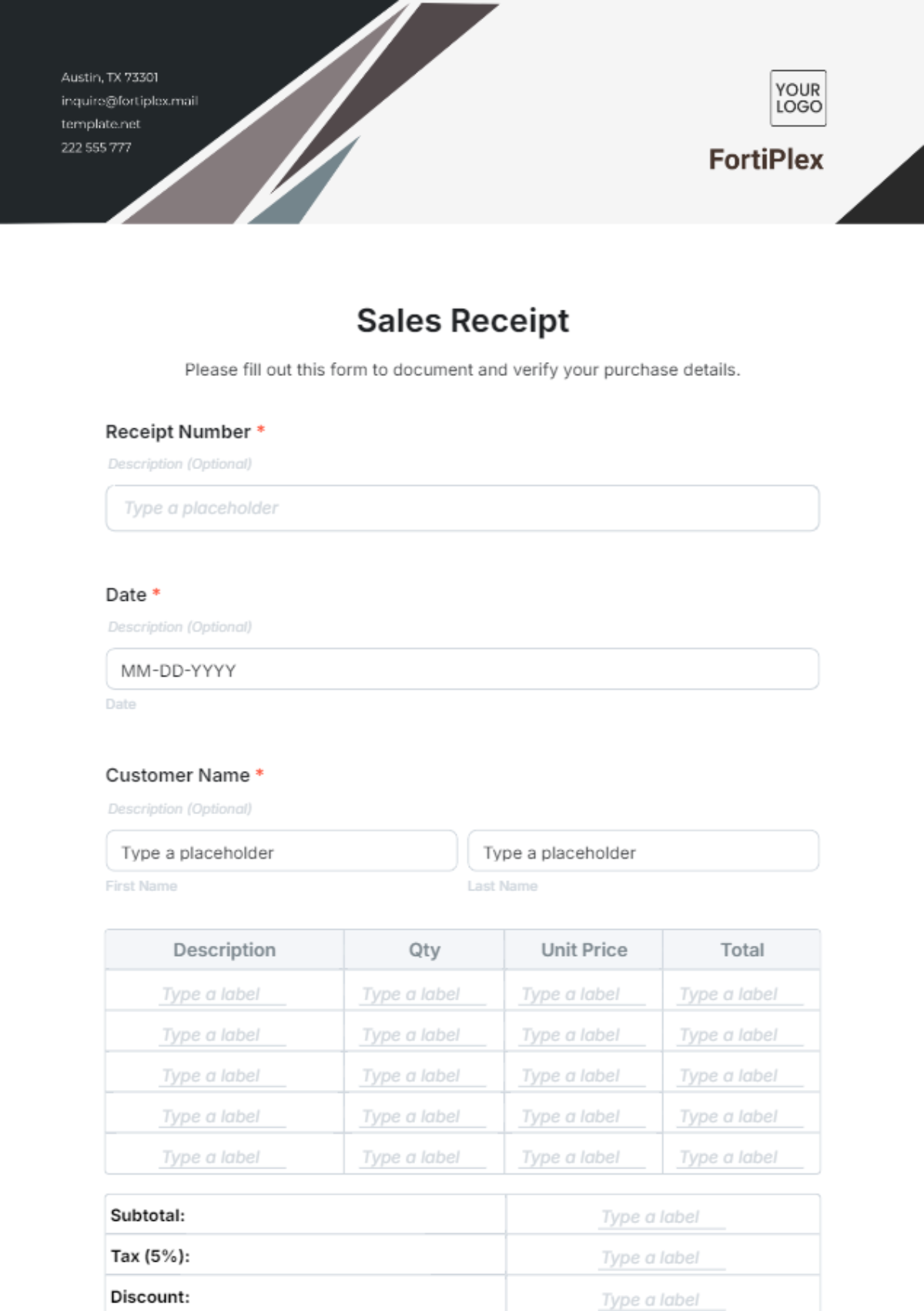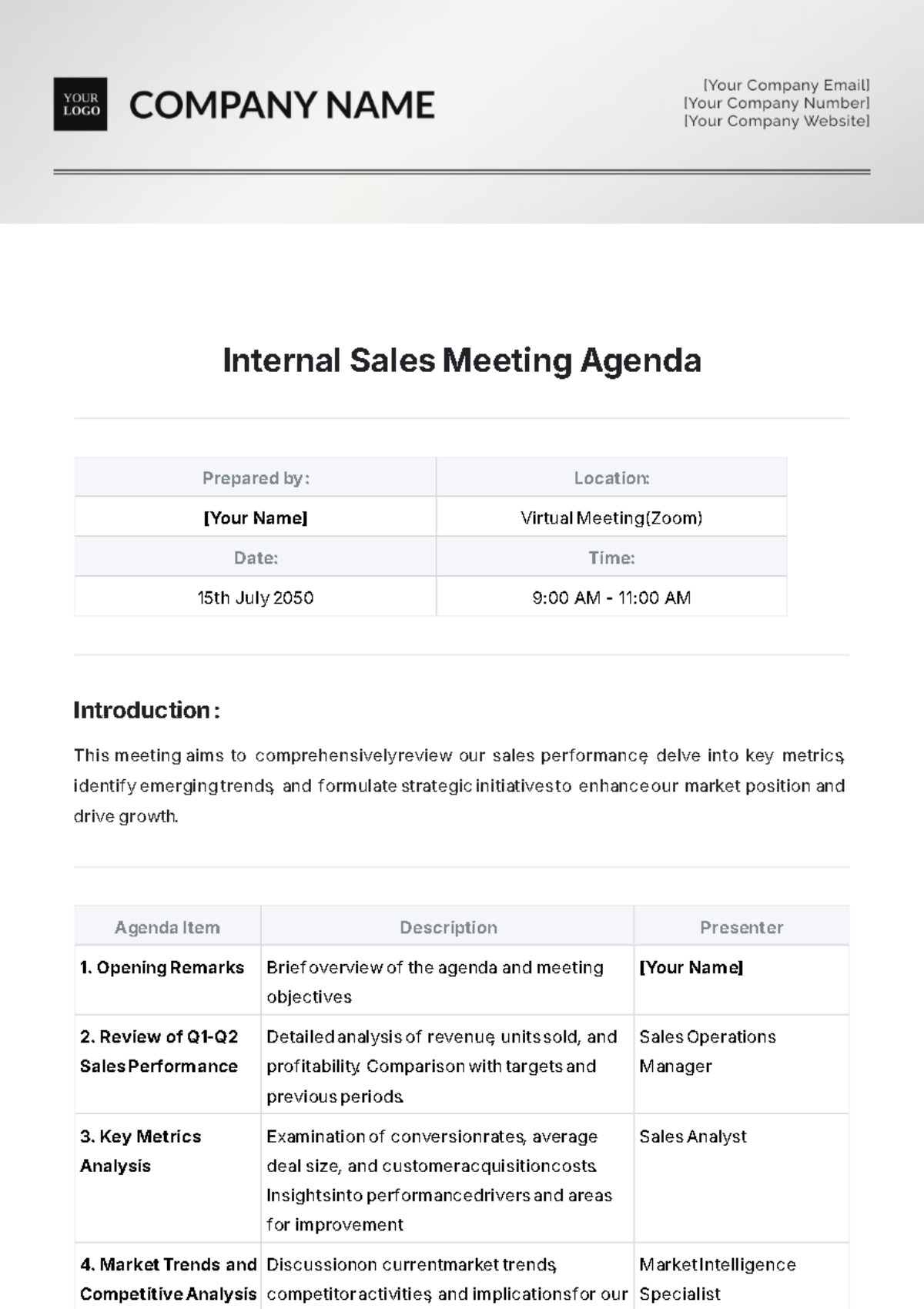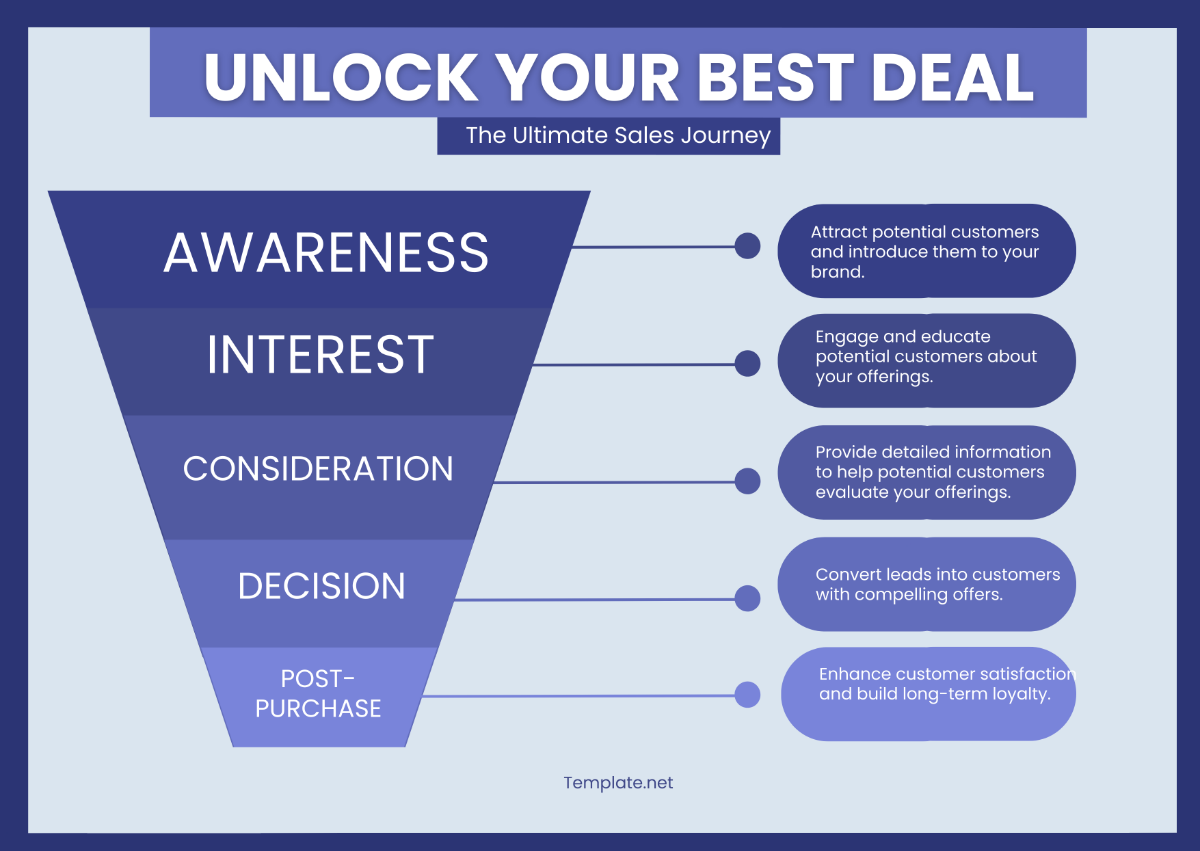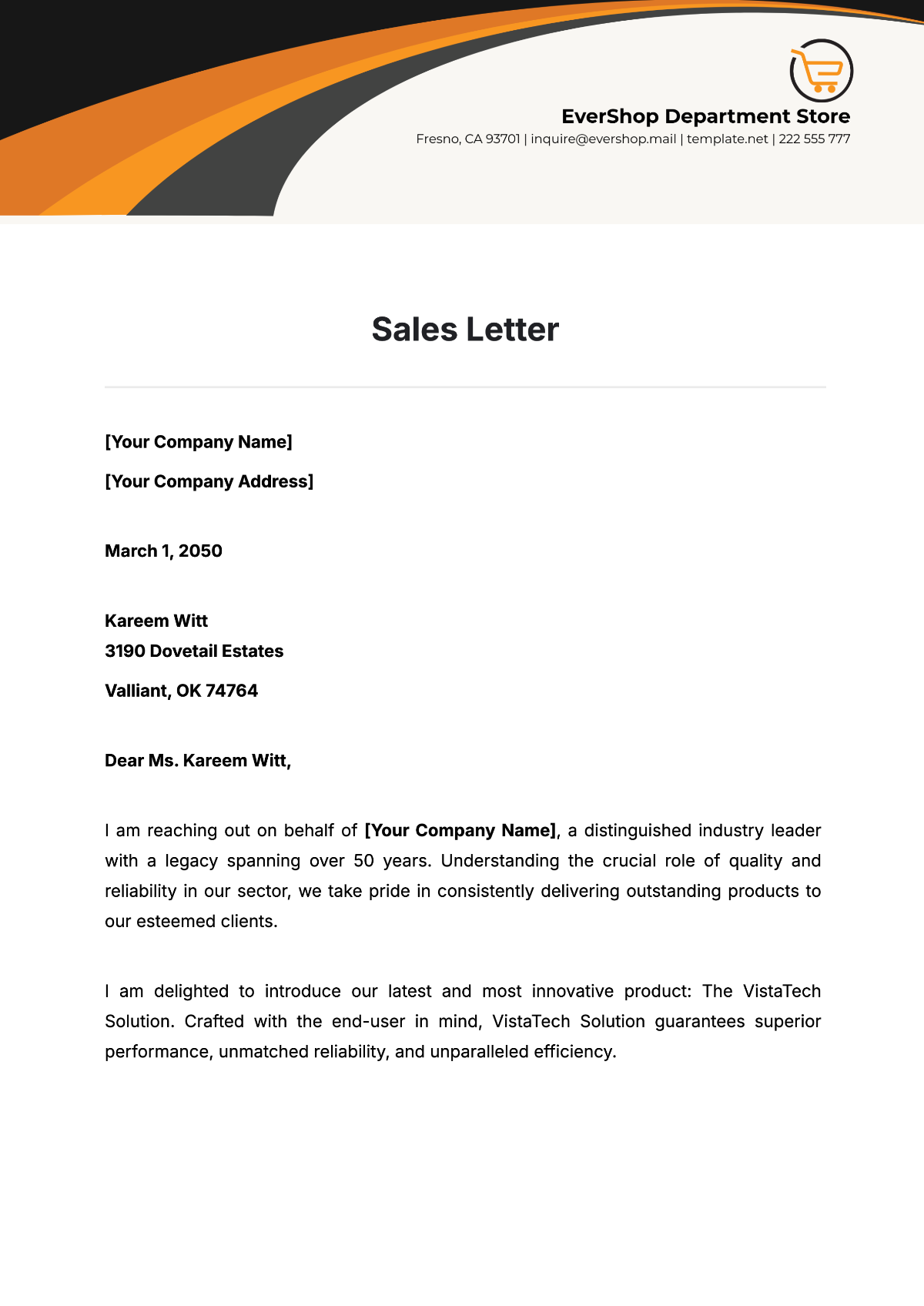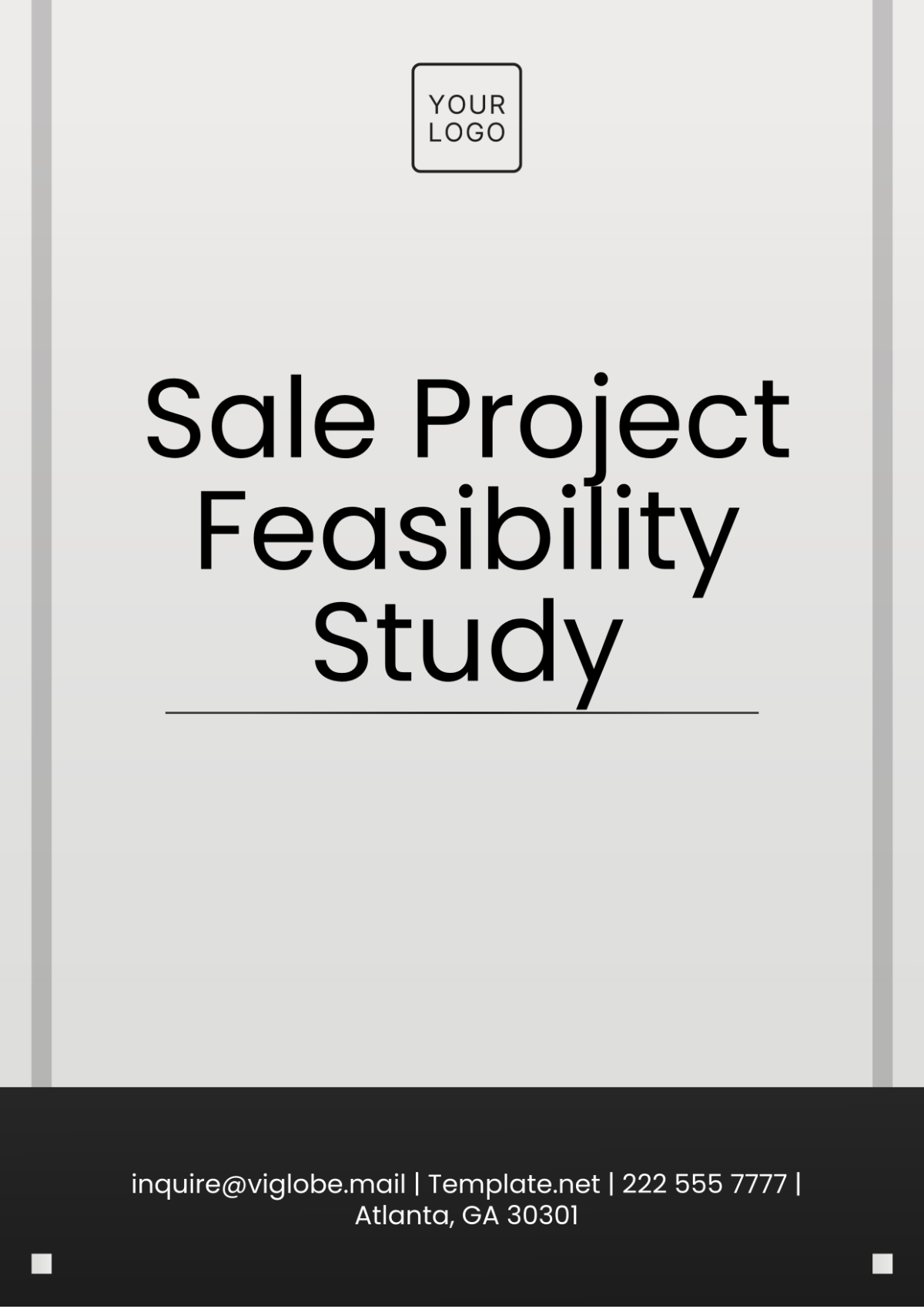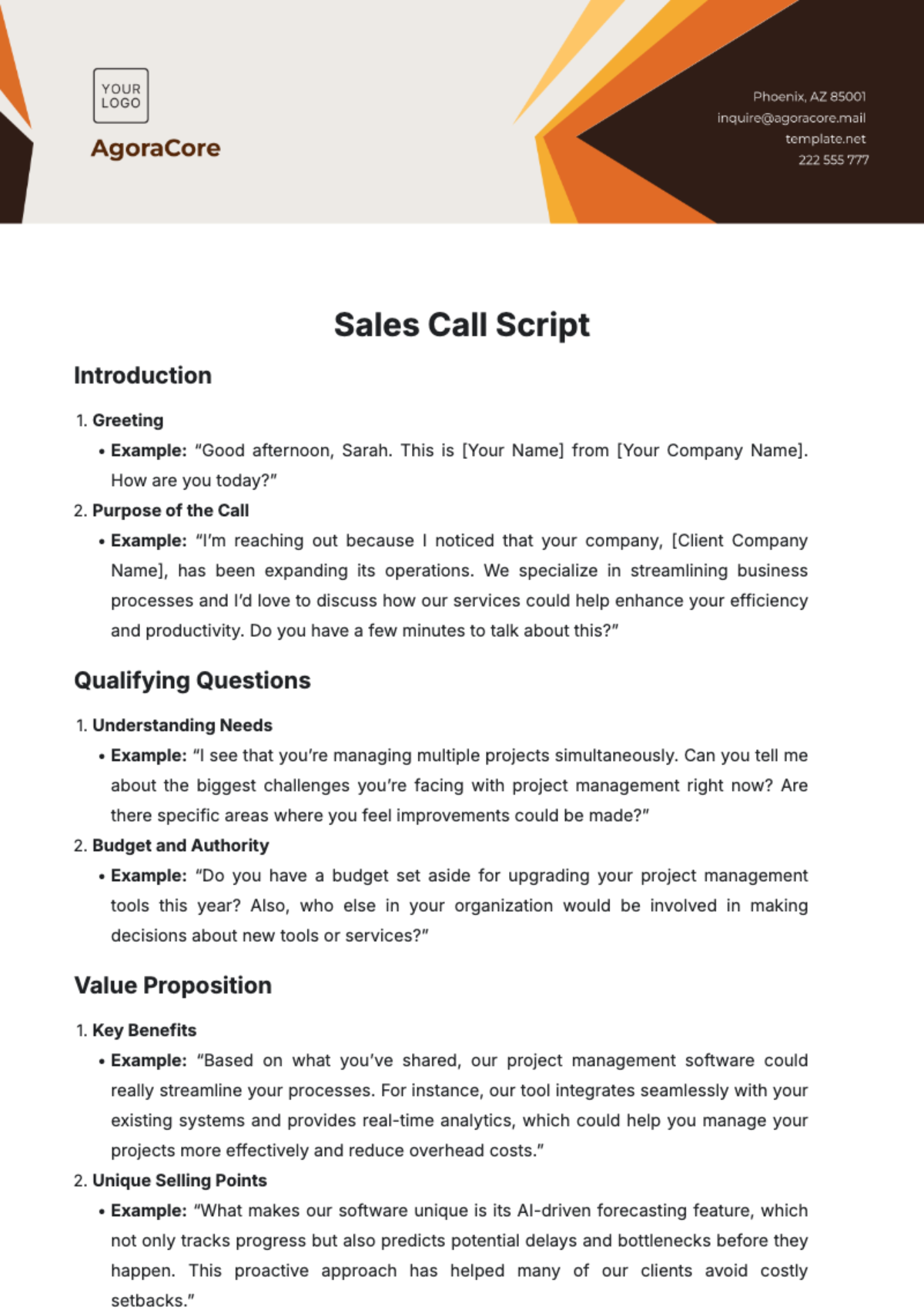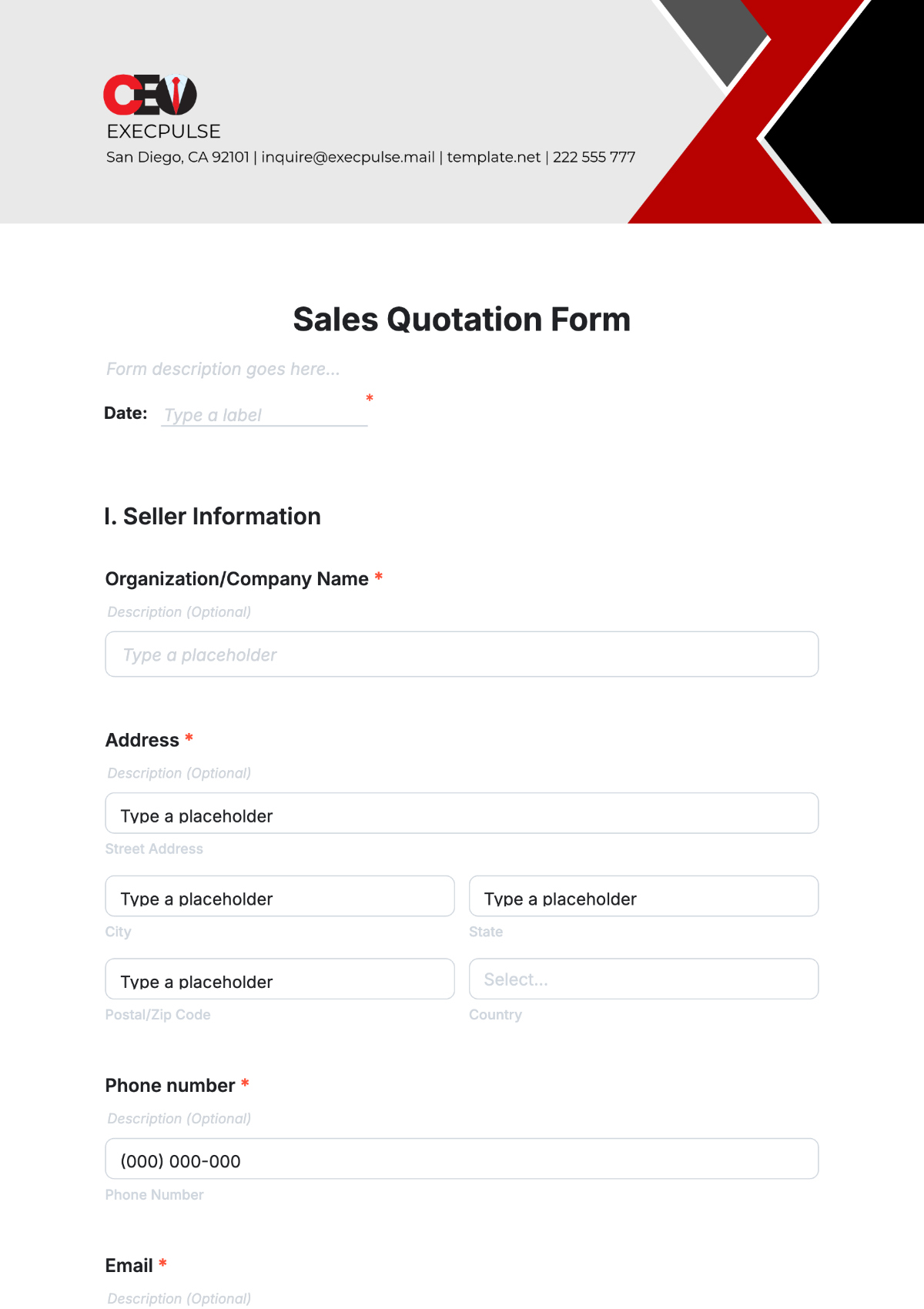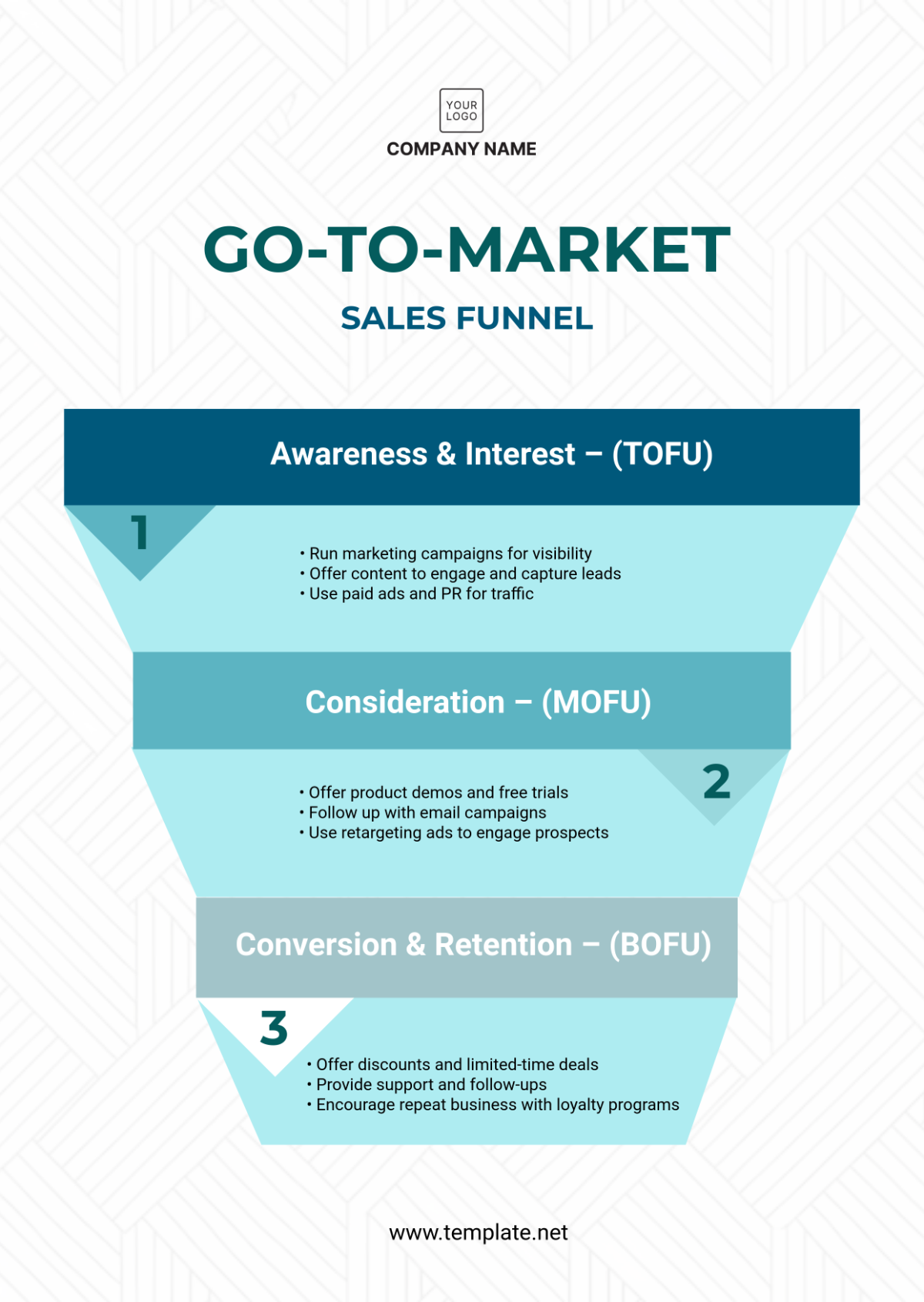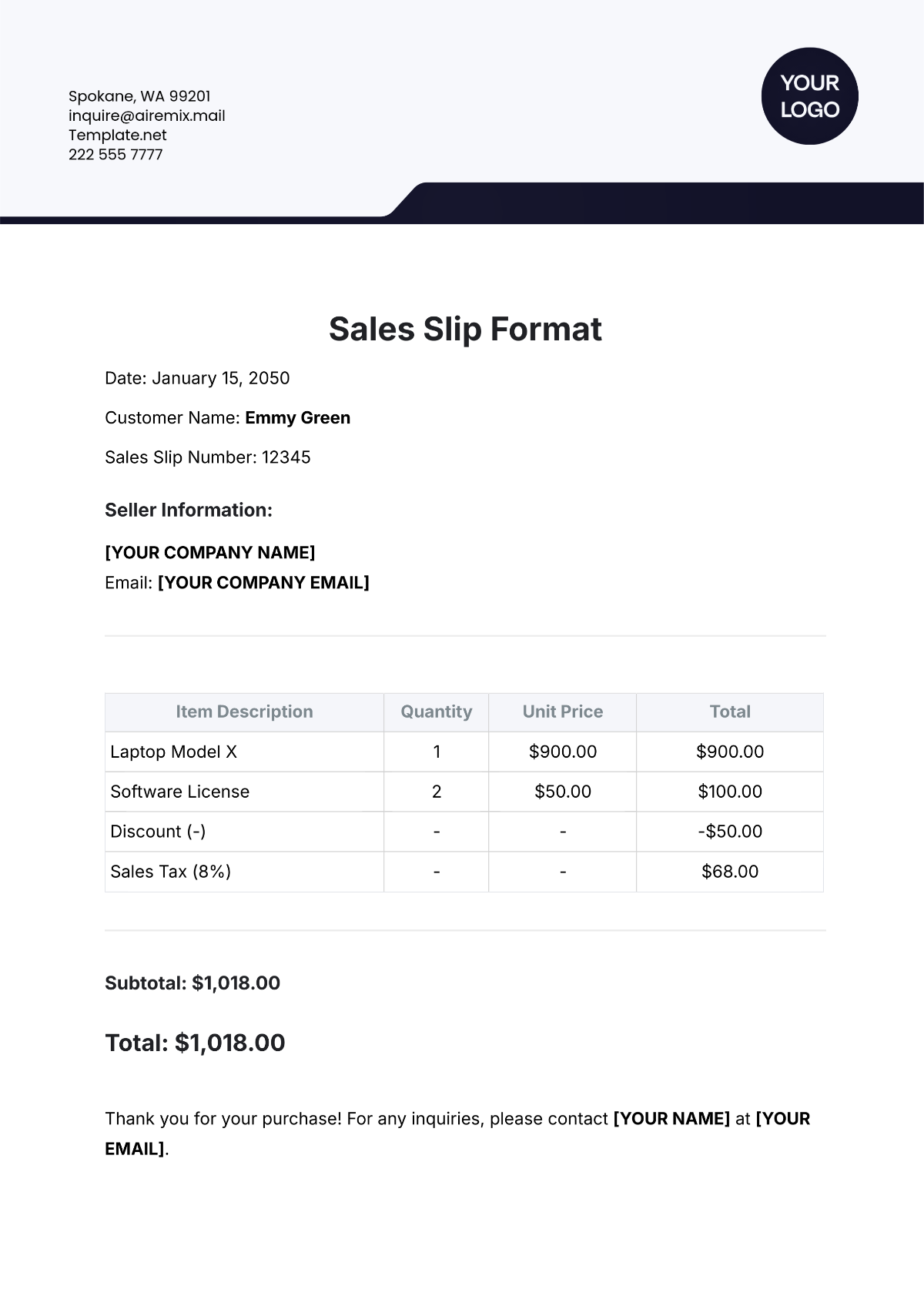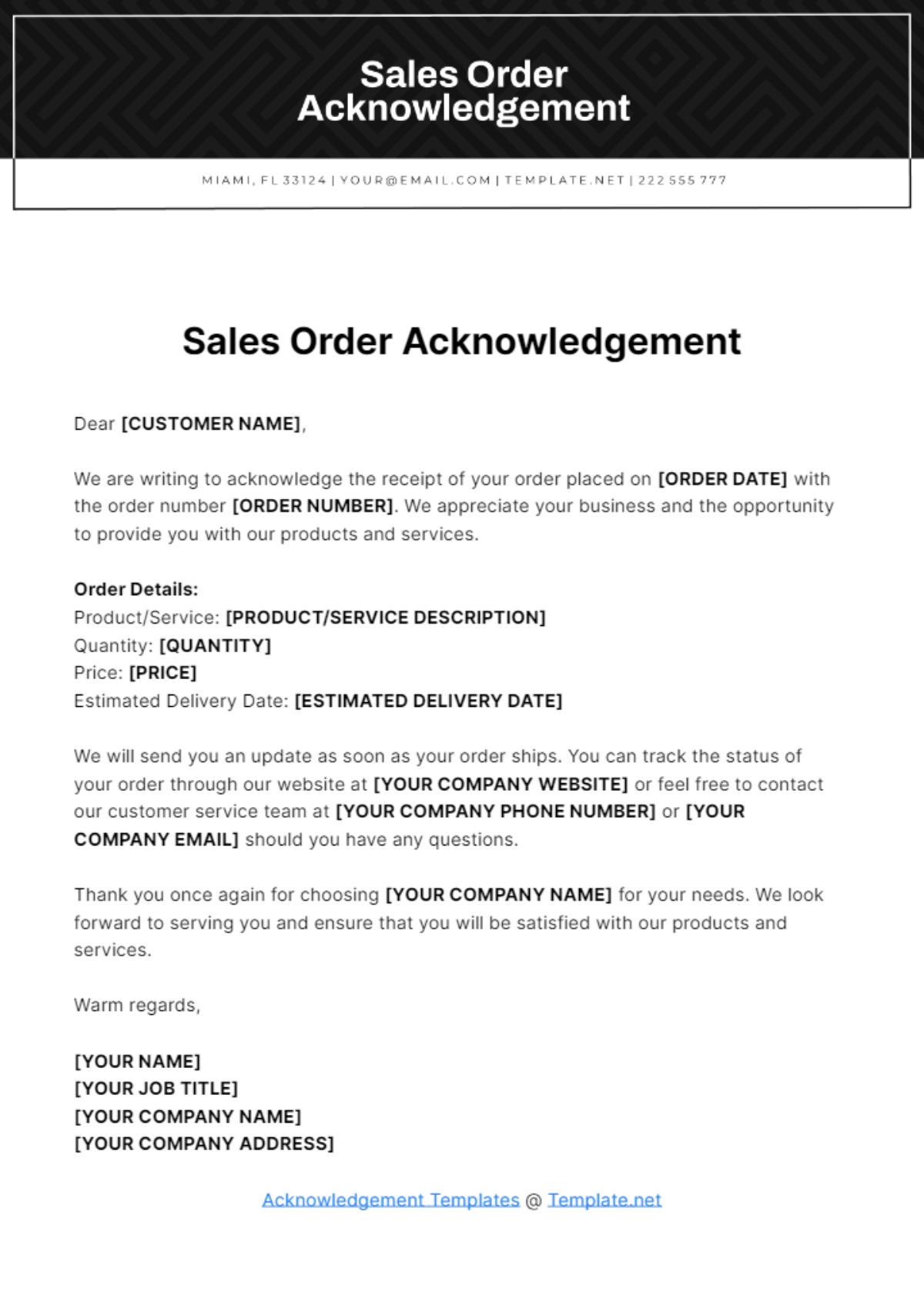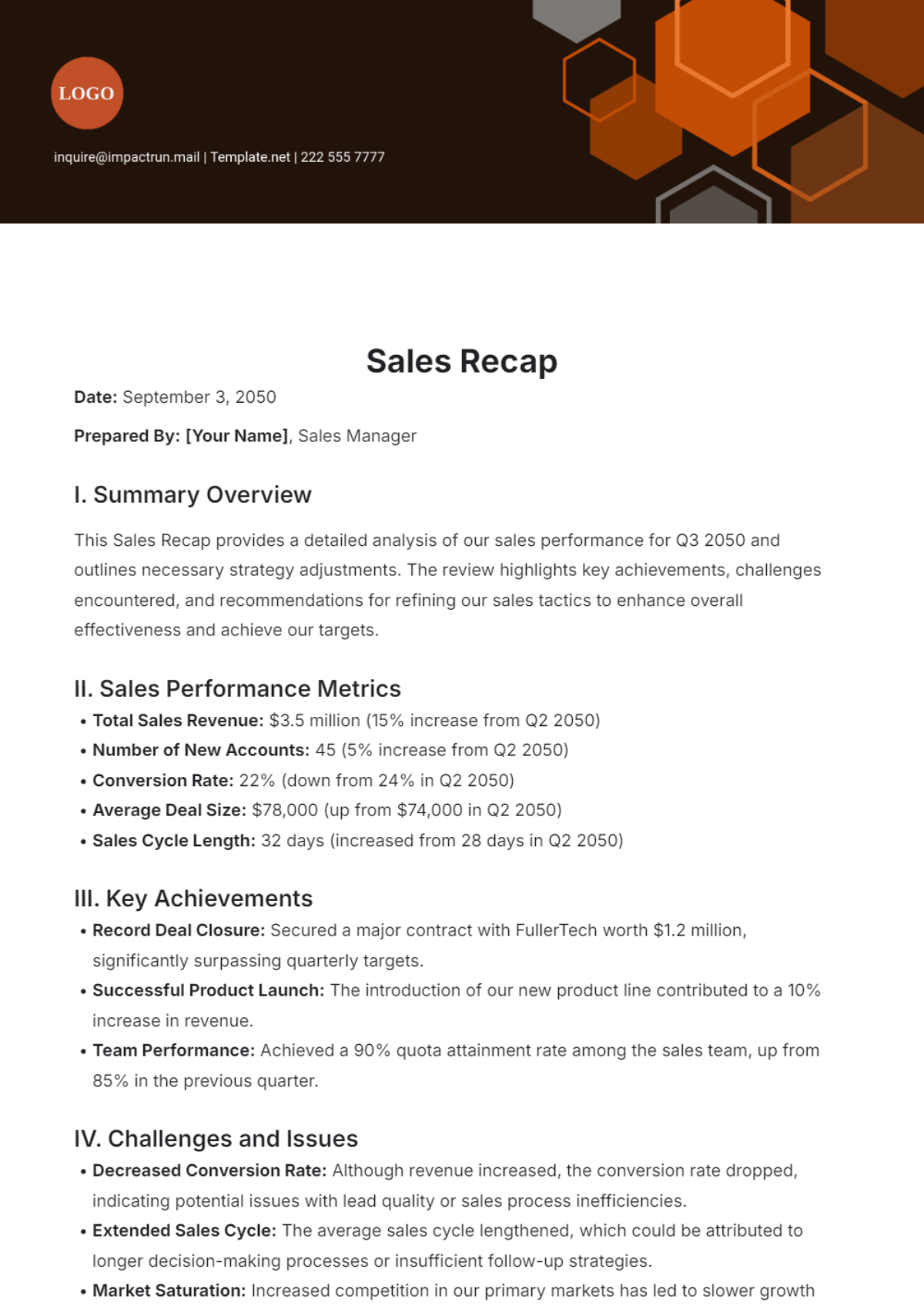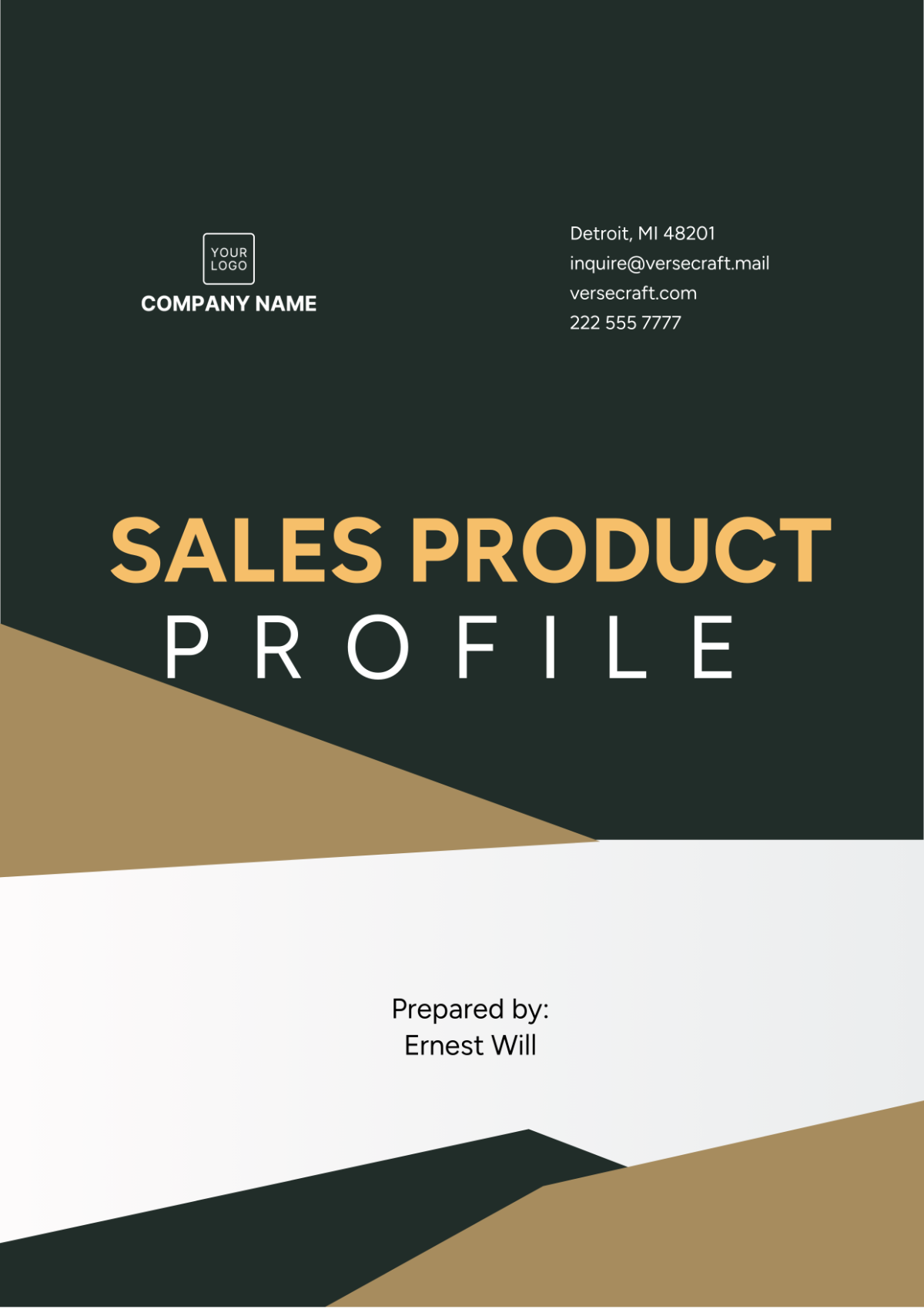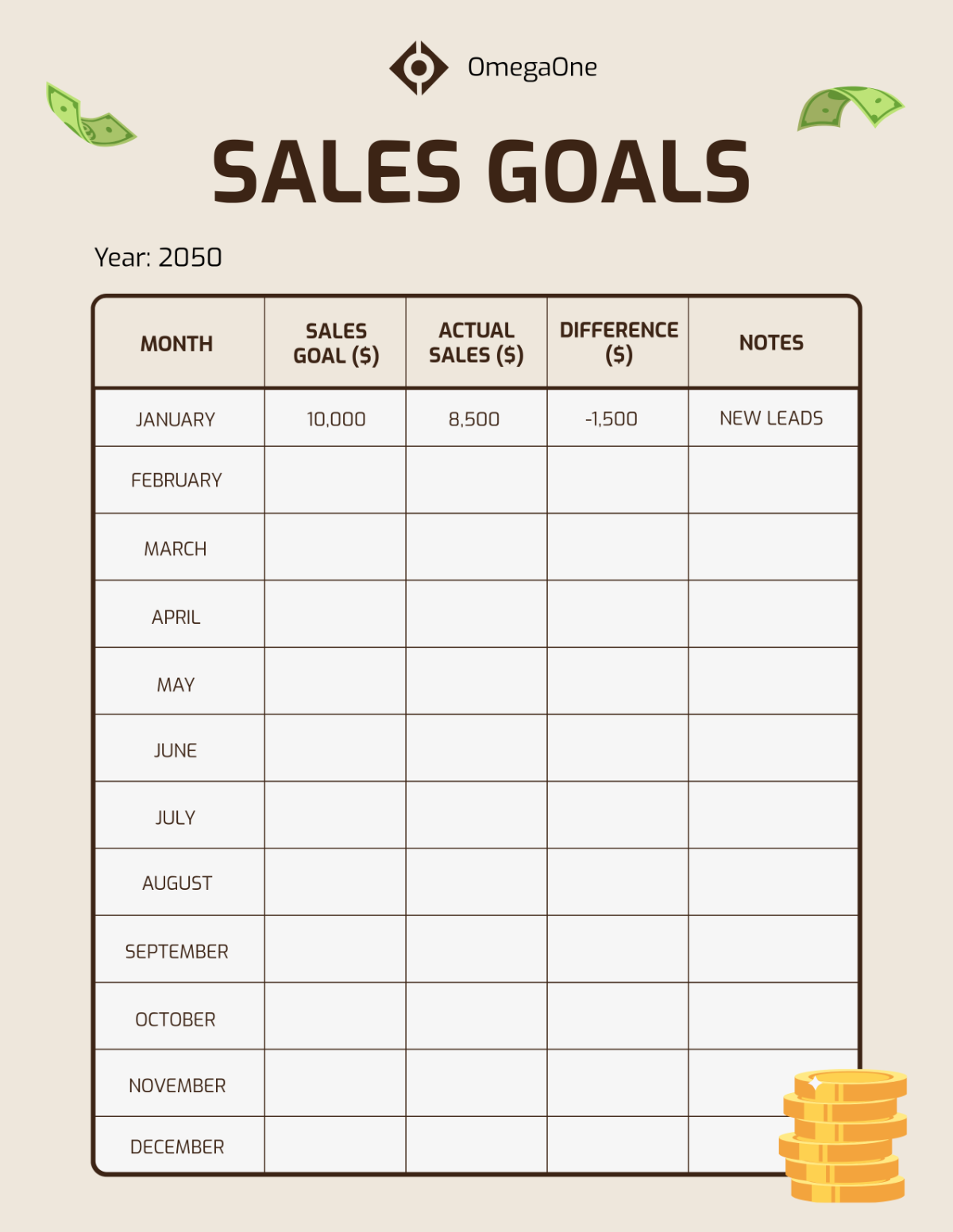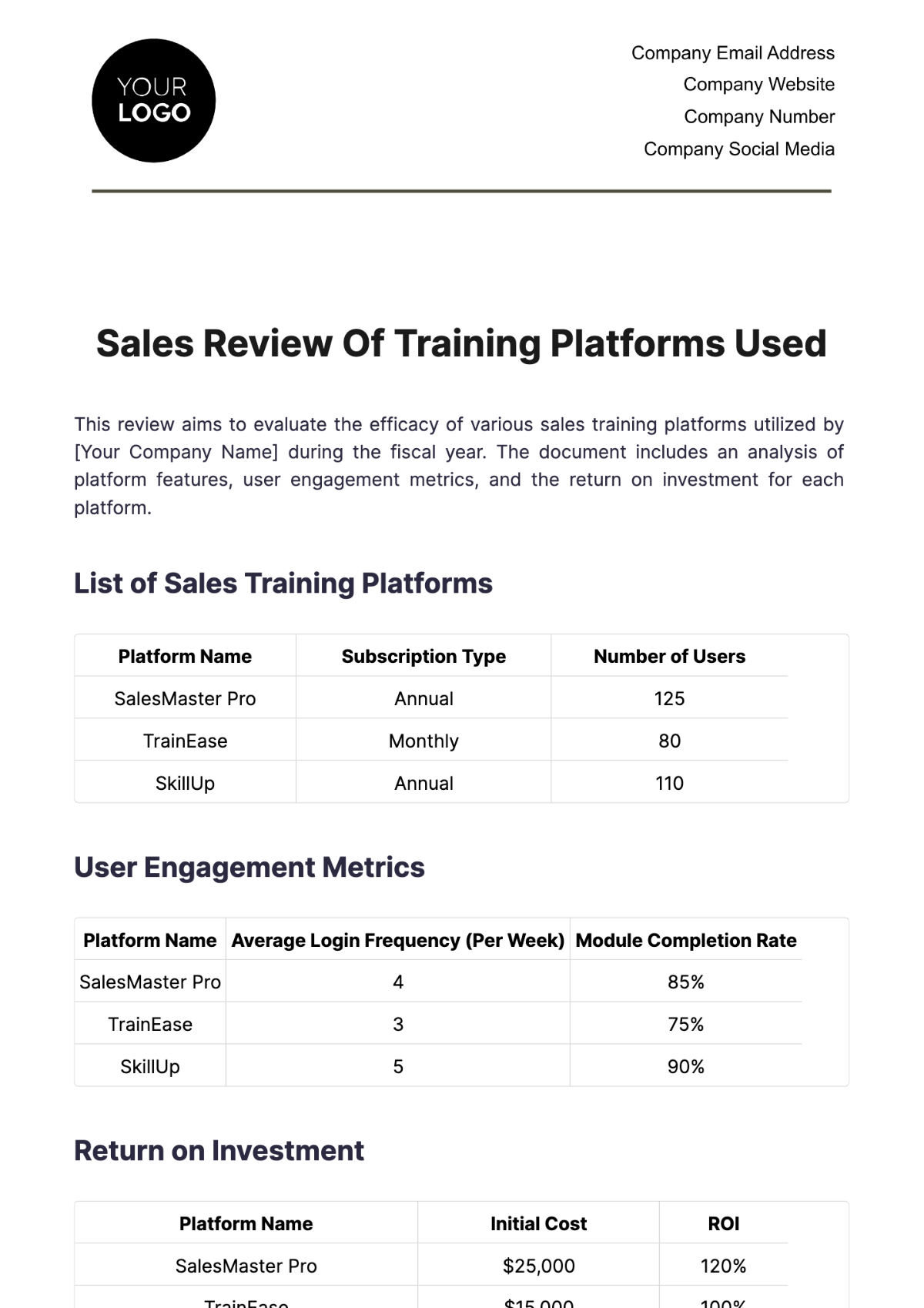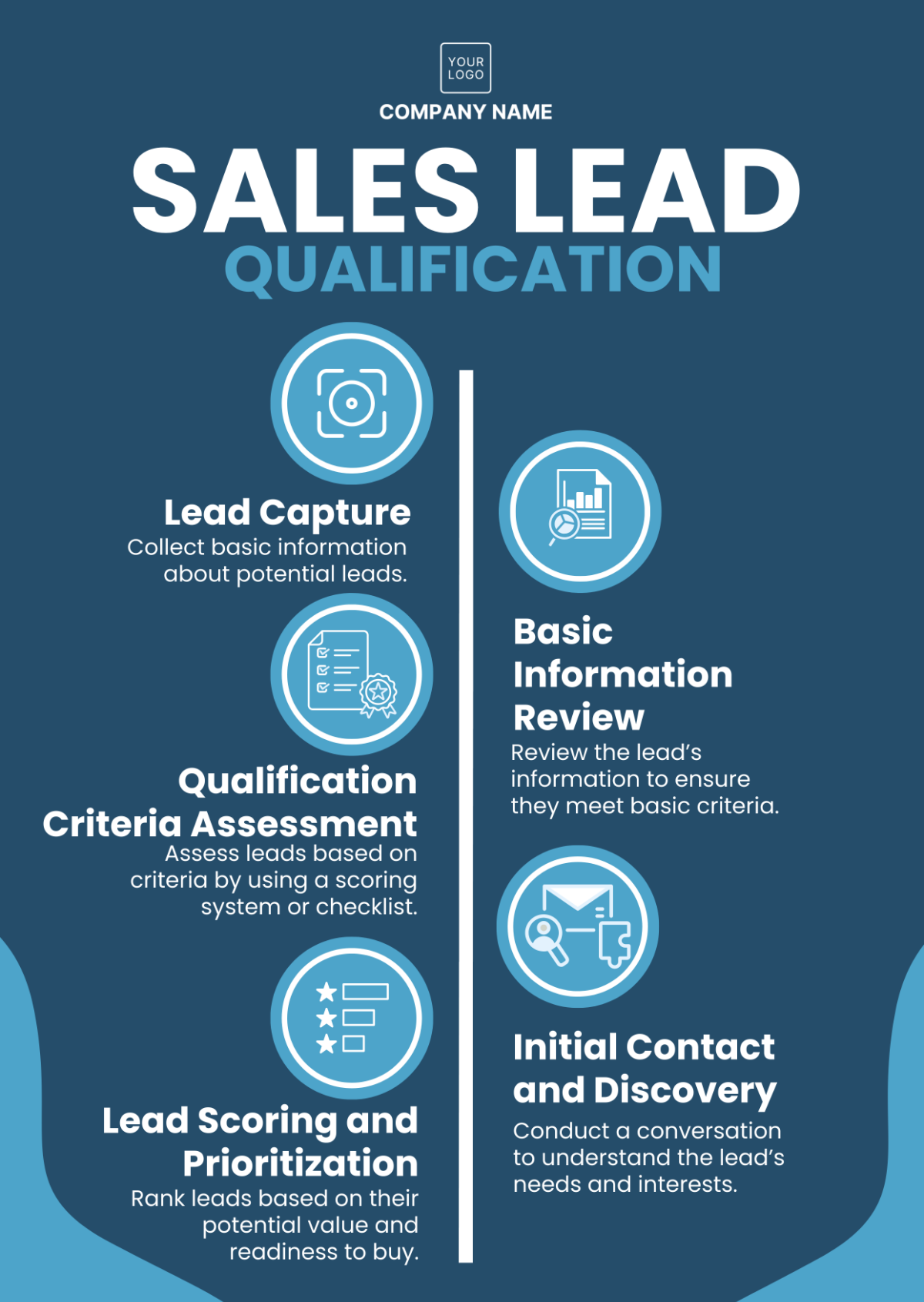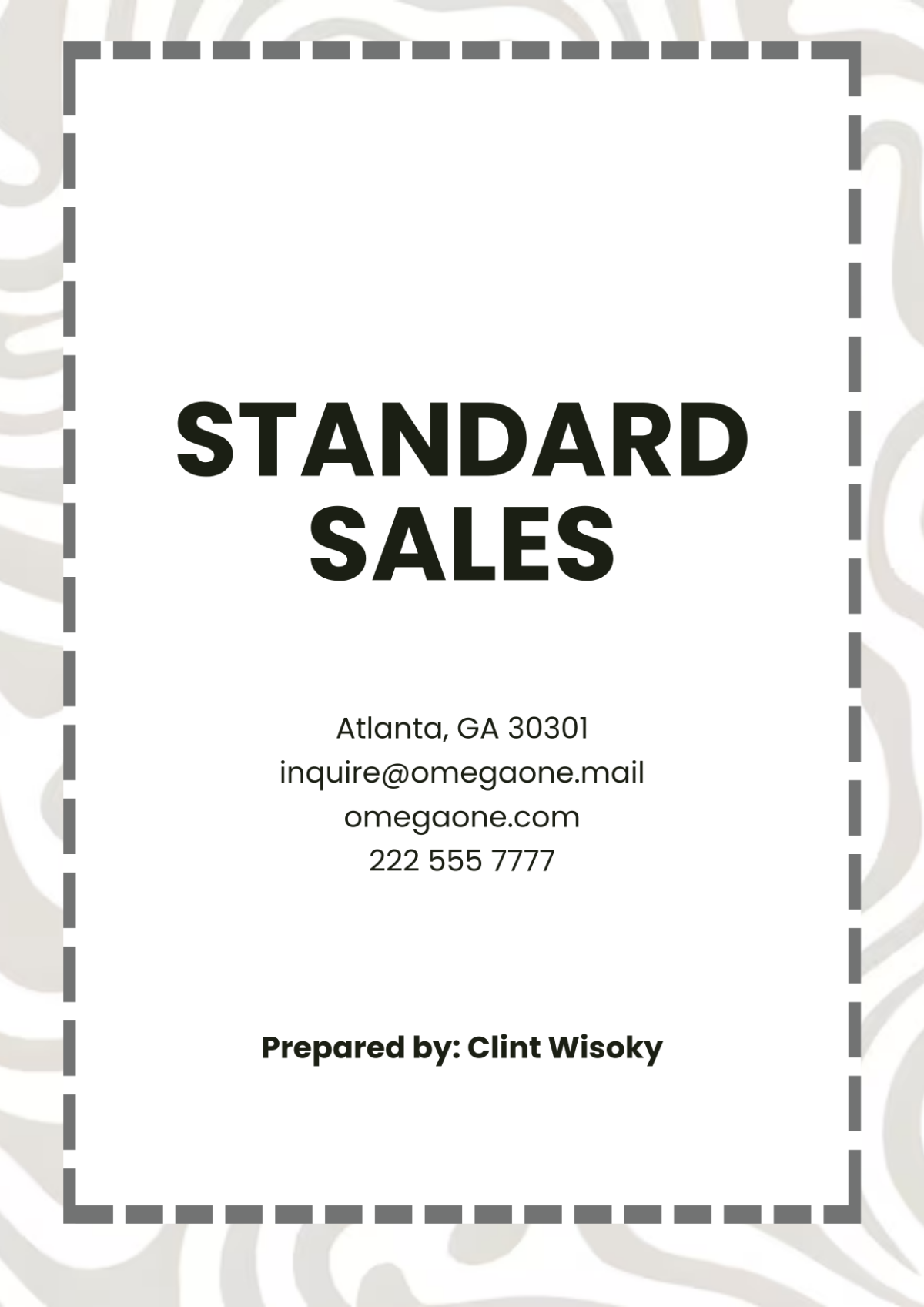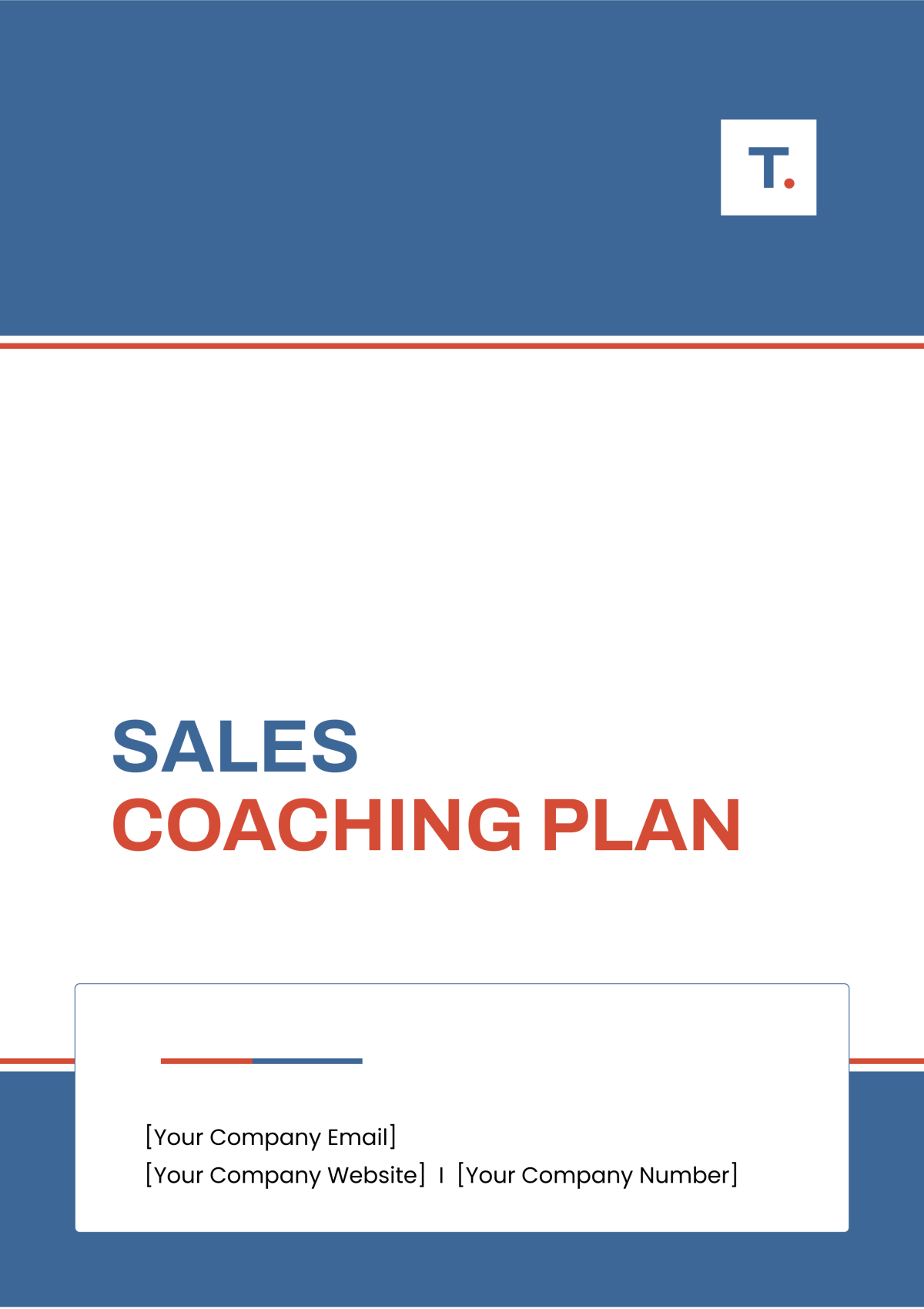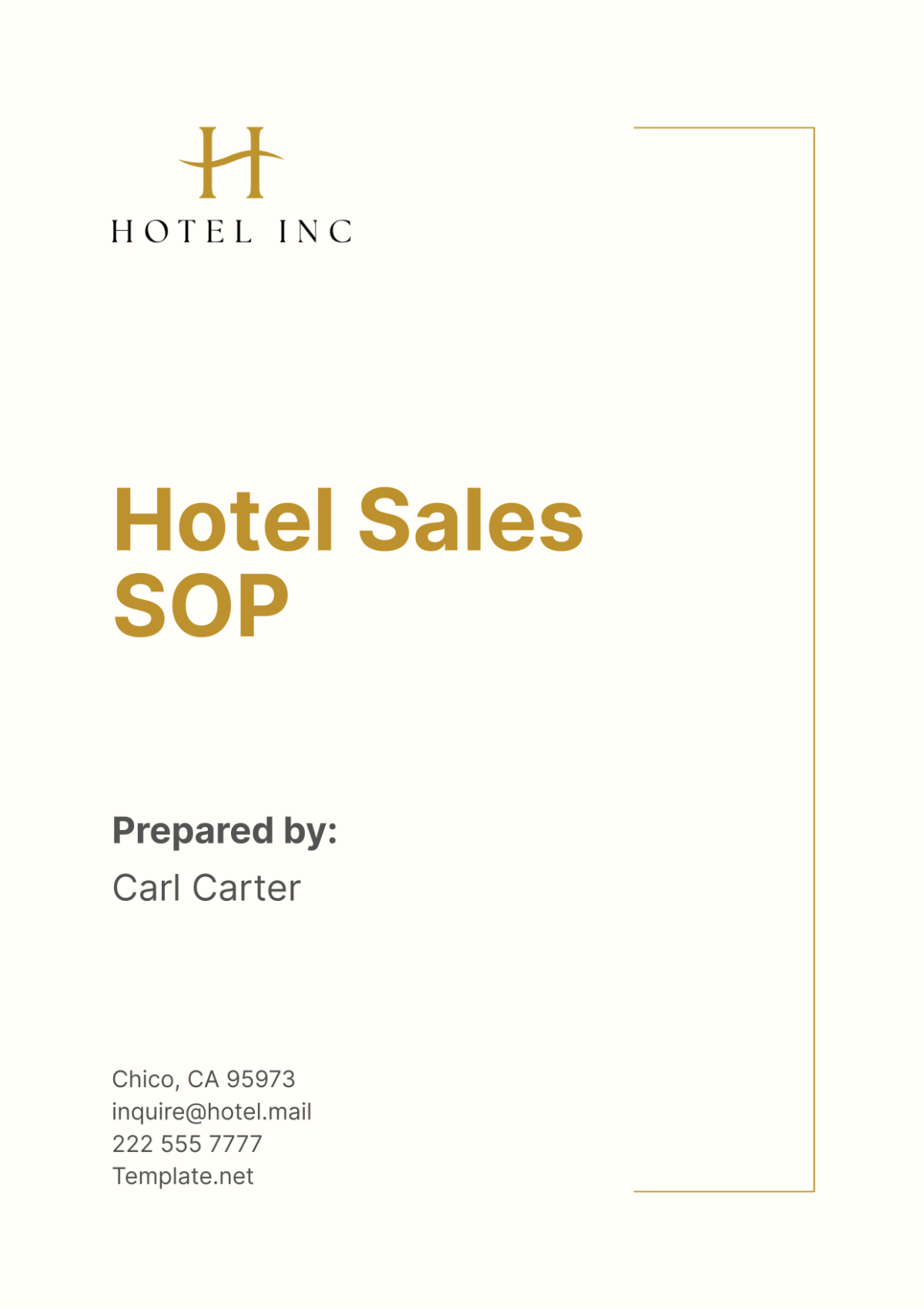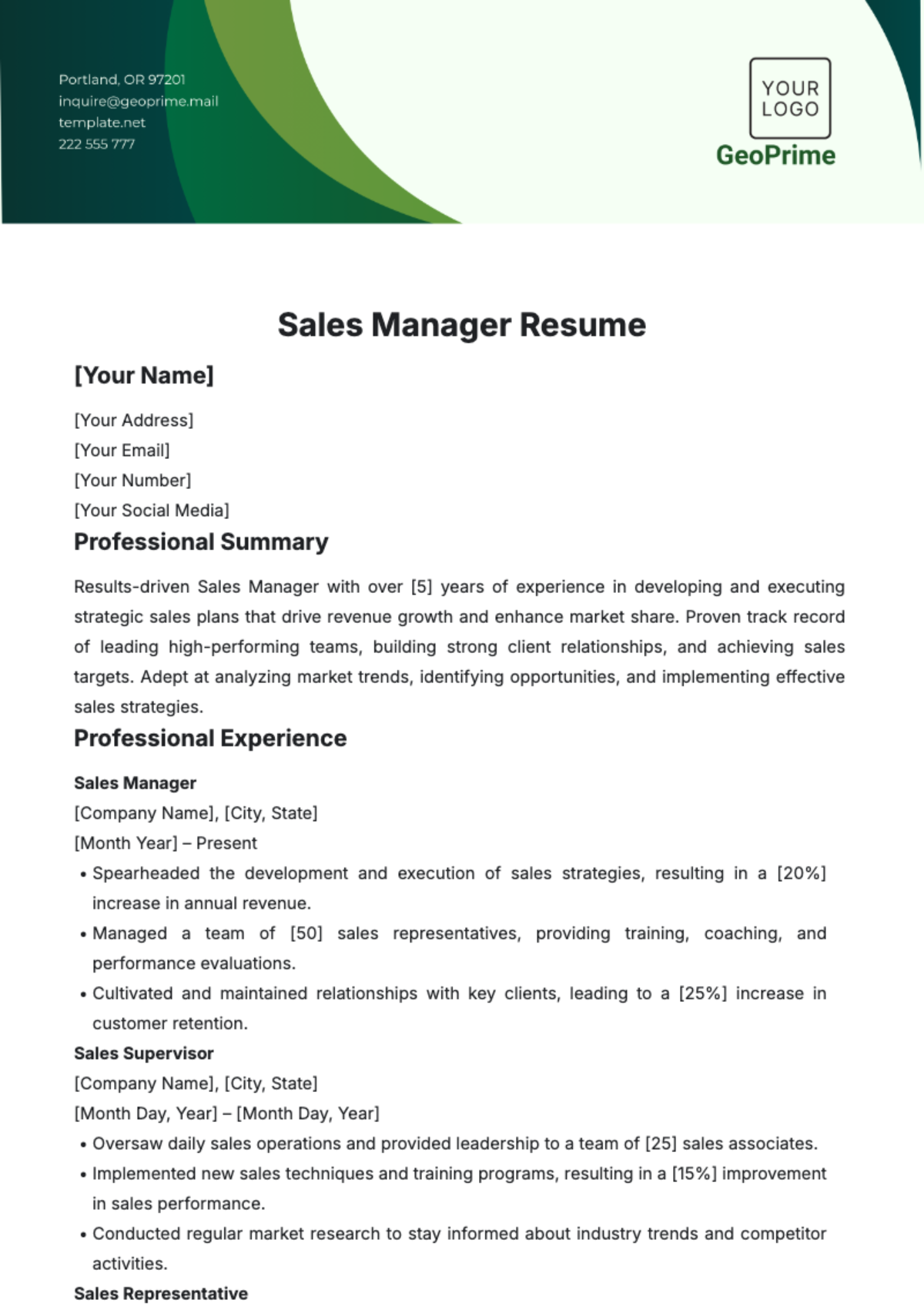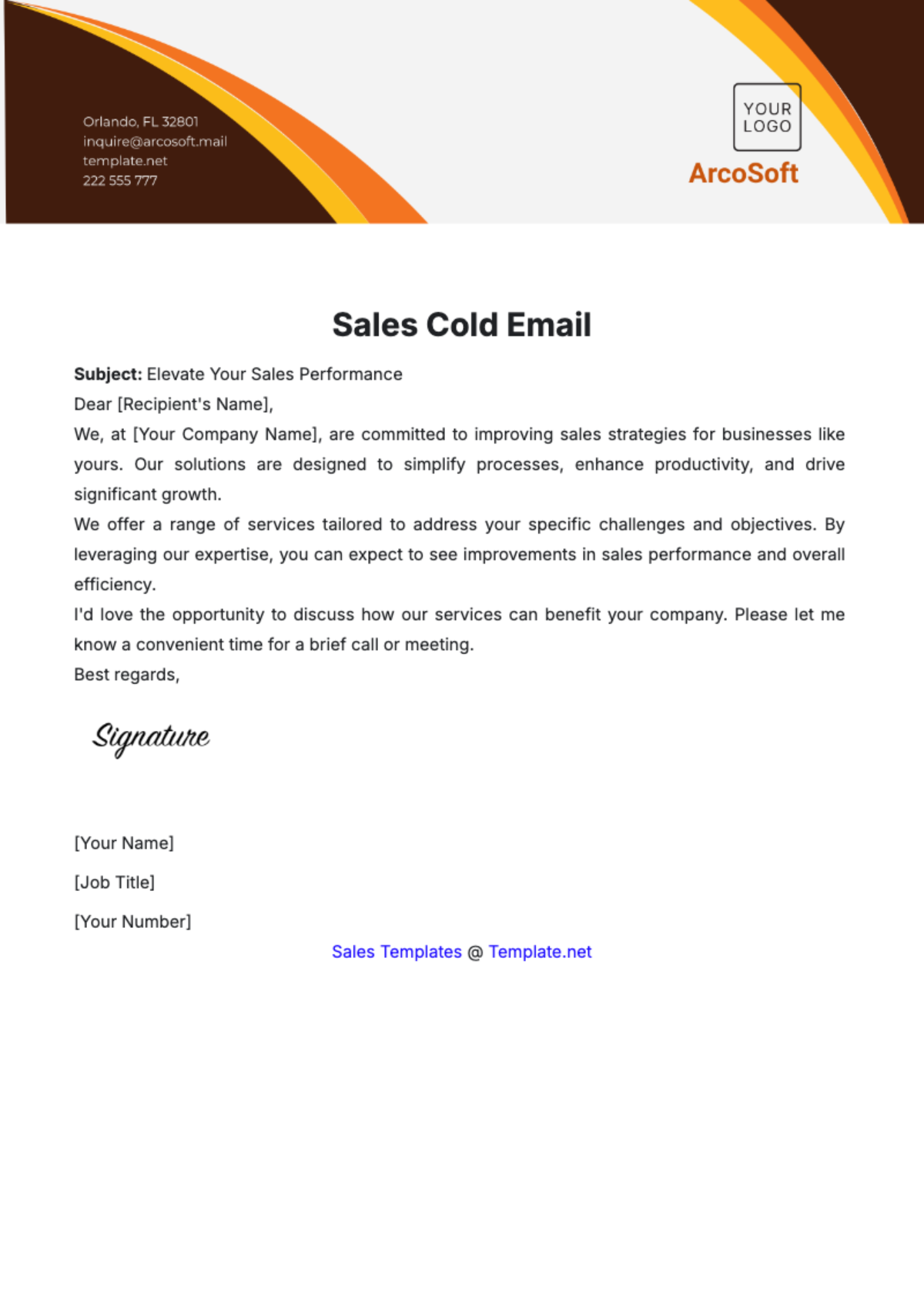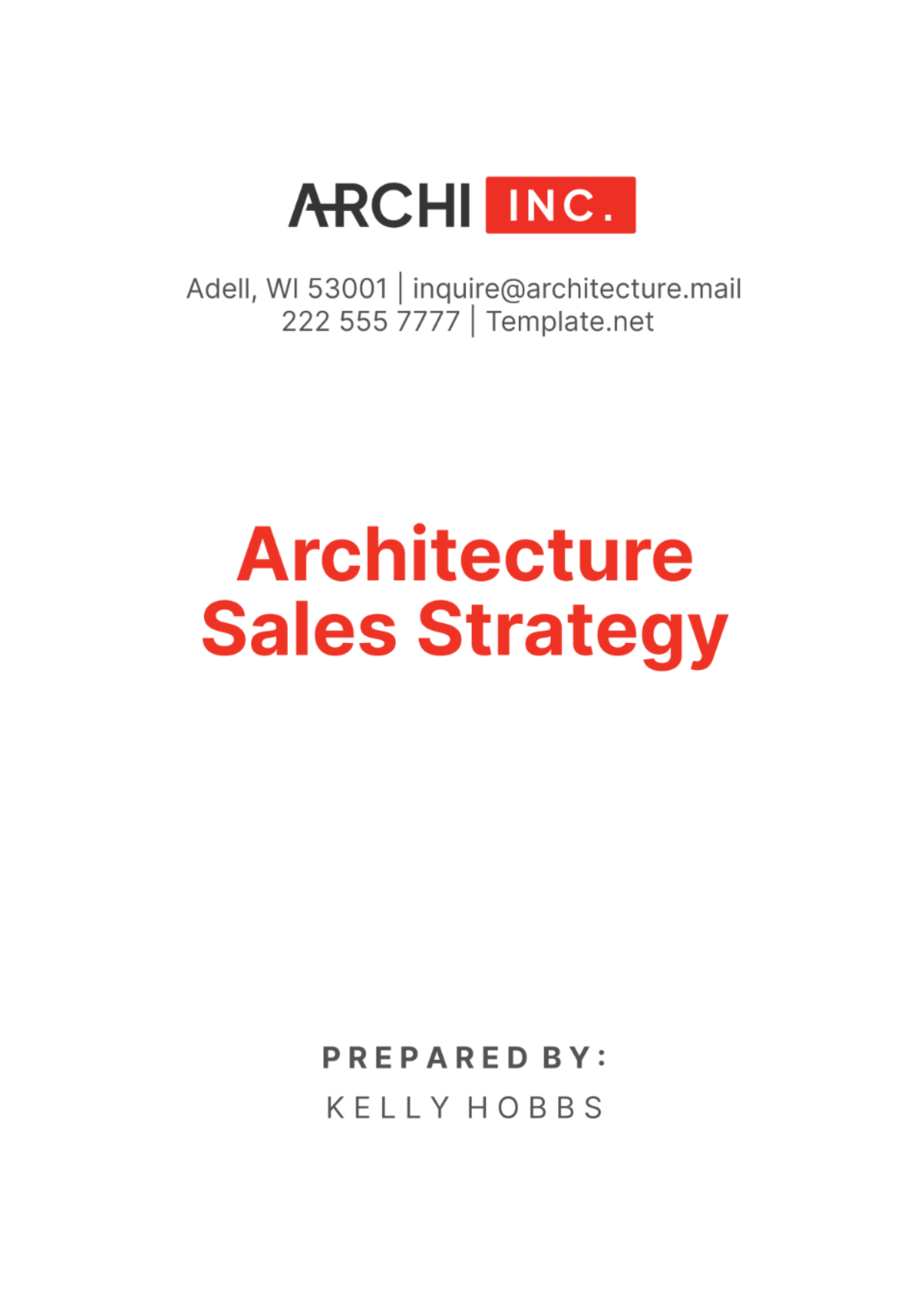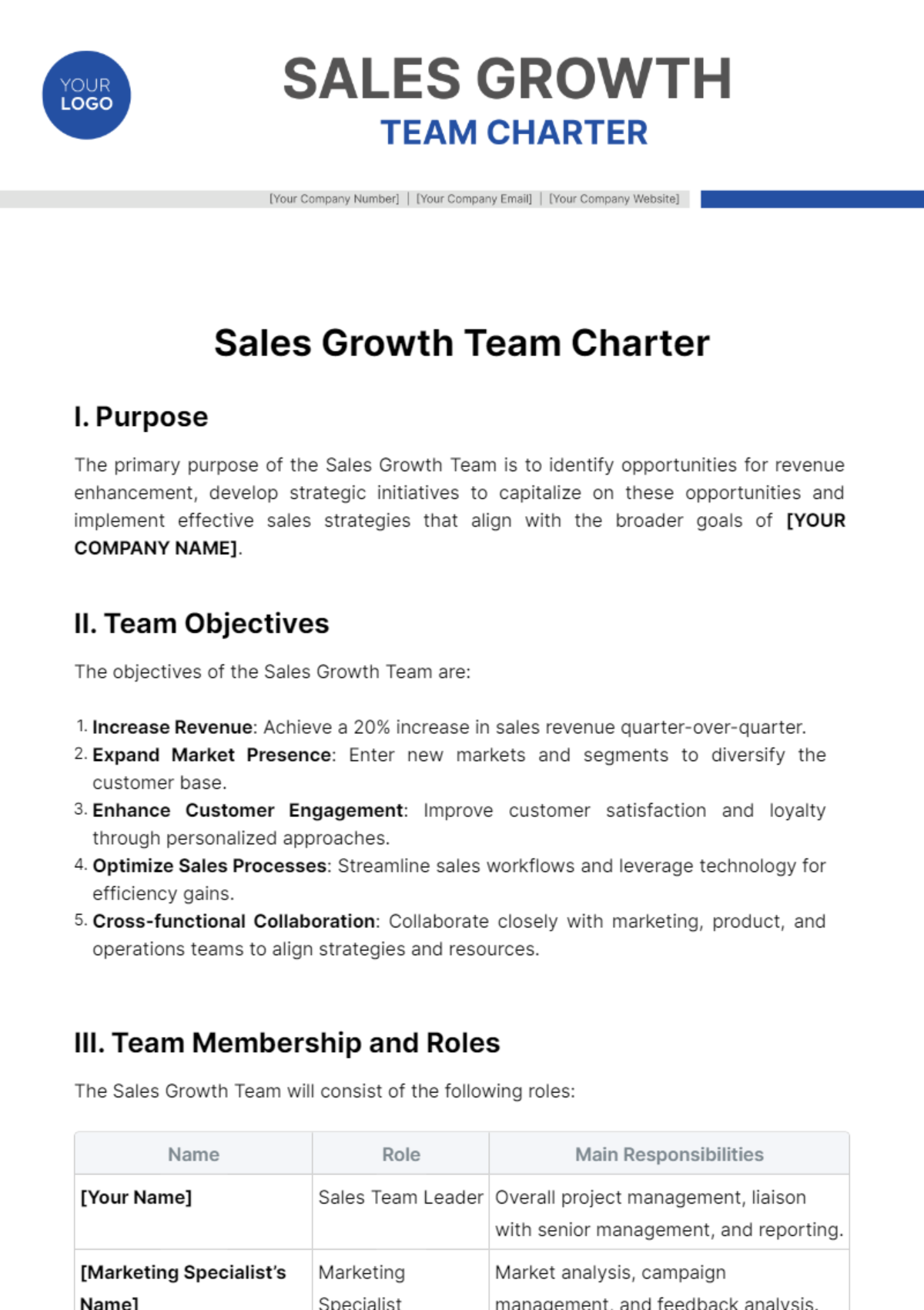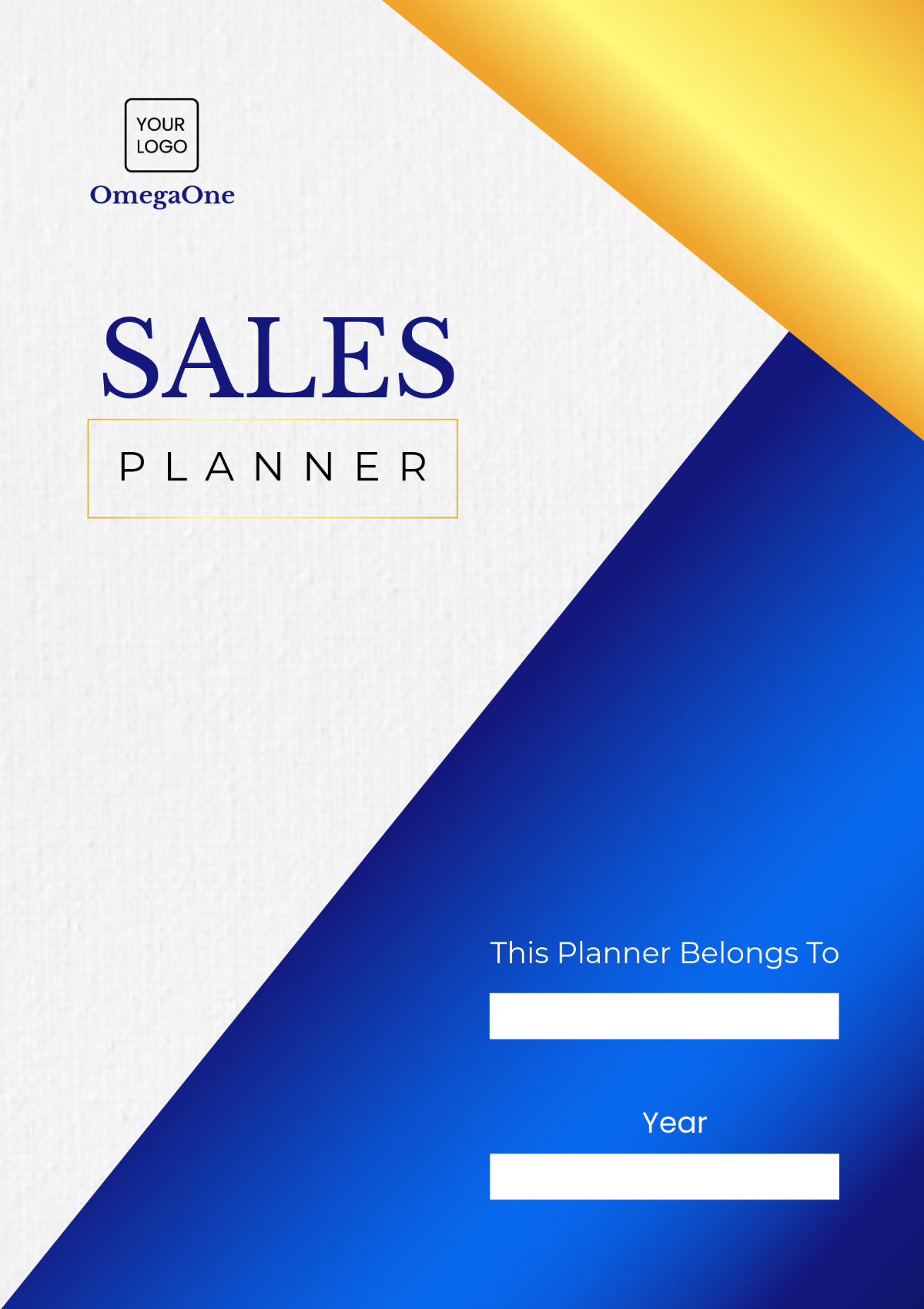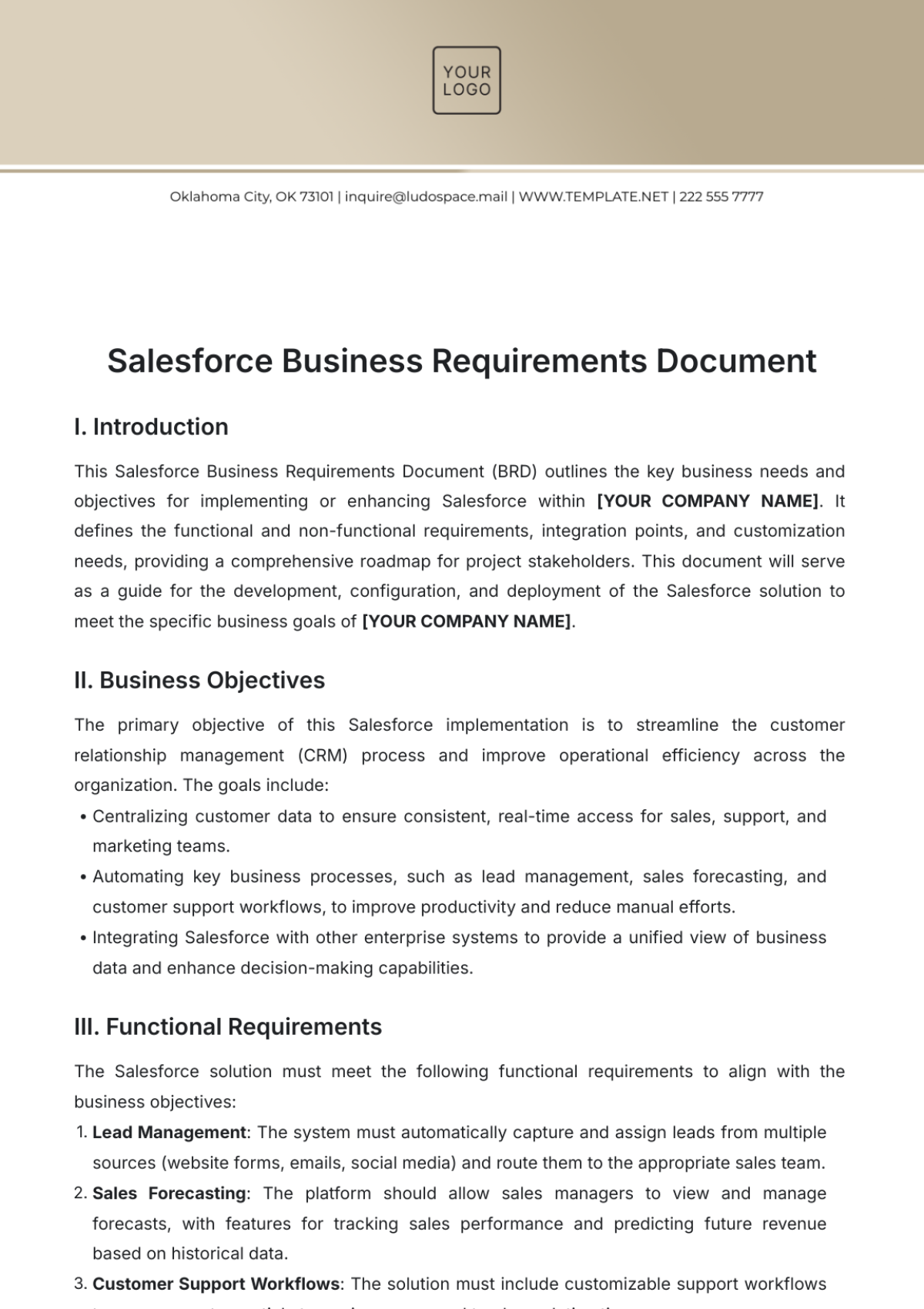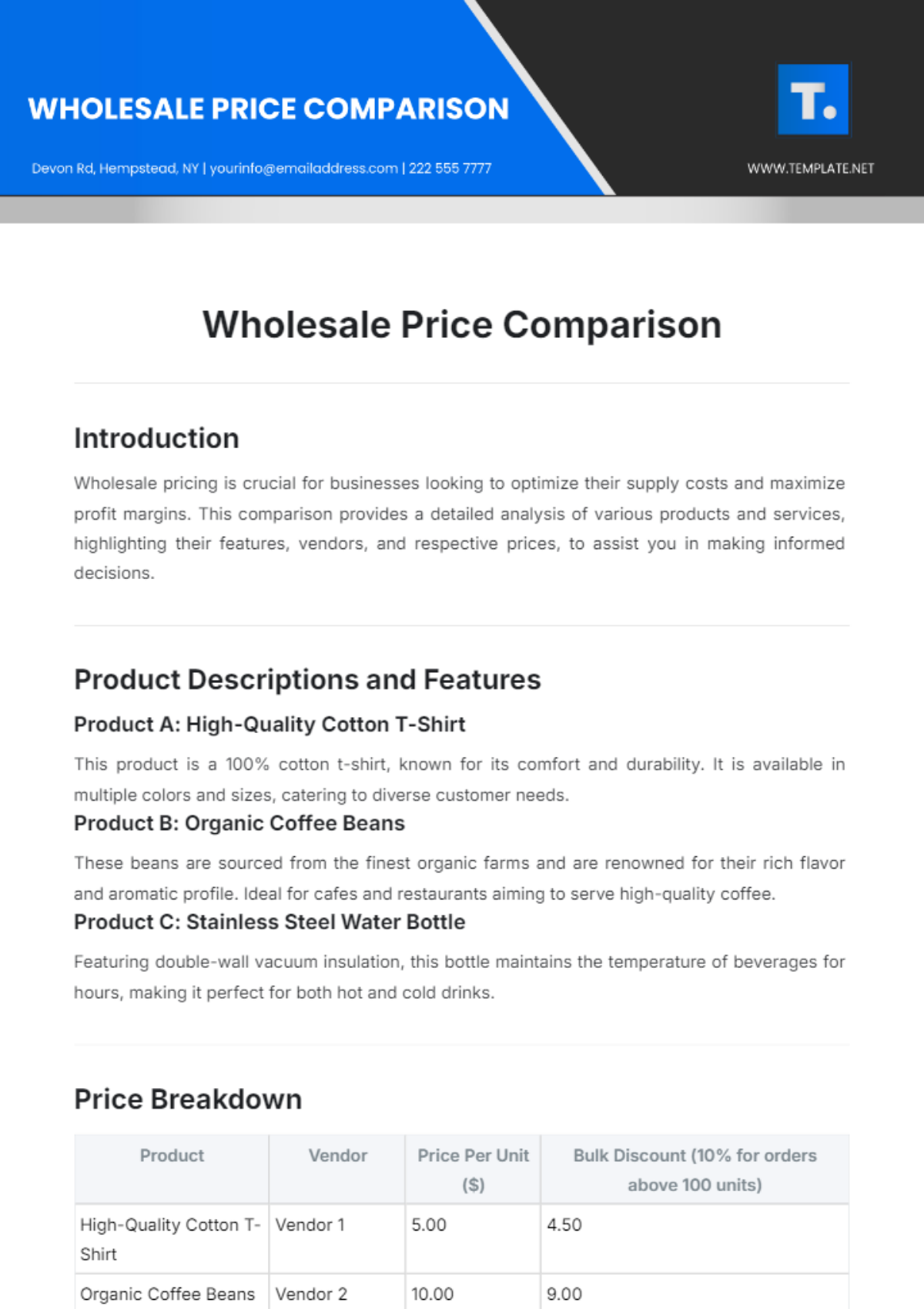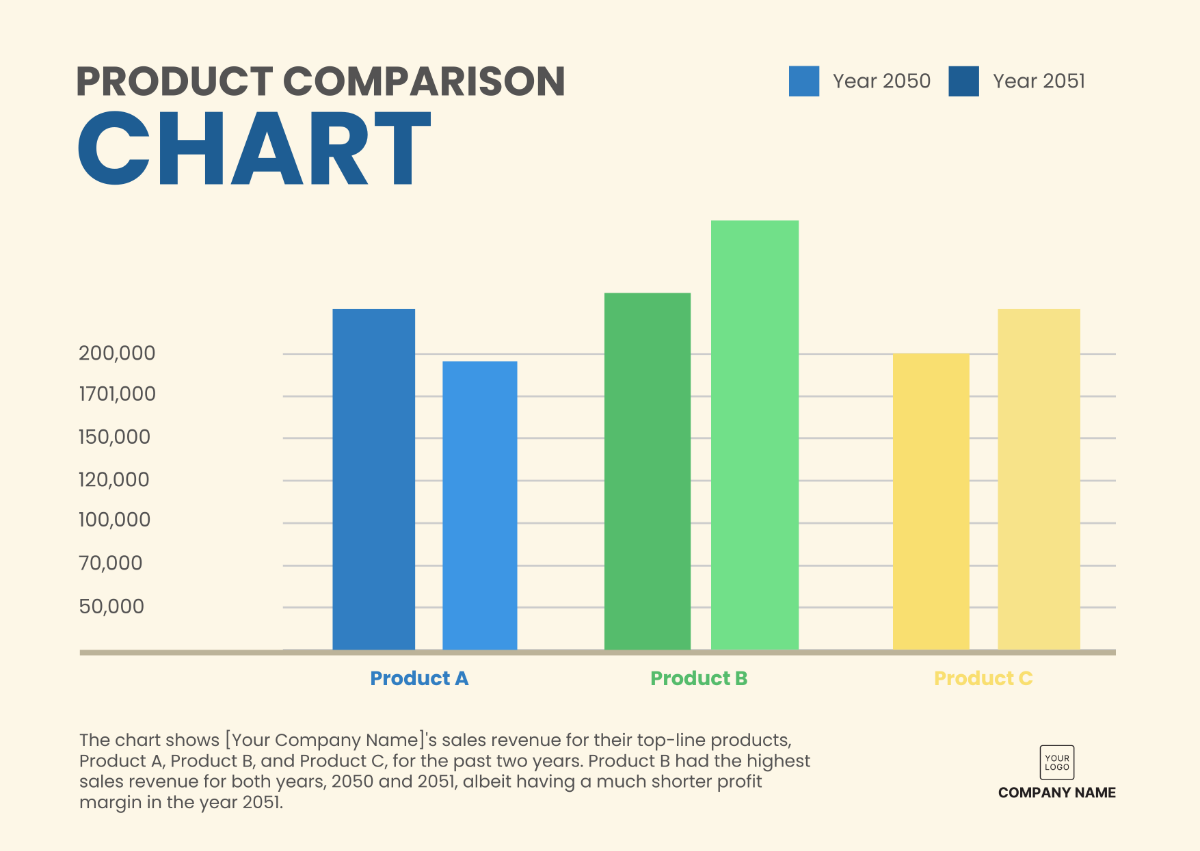Sales Protocol for Customer Feedback Sessions
I. Introduction
The Sales Protocol for Customer Feedback Sessions serves as a foundational document within our organization, meticulously designed to create and optimize the essential process of gathering customer insights. By following this protocol, we aim to systematically gather and utilize the invaluable feedback provided by our customers, thereby fueling the ongoing refinement and enhancement of our products and services.
Scope And Applicability
This protocol is the proof of our commitment to customer-centricity and quality improvement. It comprehensively applies across all customer segments and interactions, covering every facet of our business operations. Whether dealing with individual clients or corporate entities, this protocol ensures a standardized approach that guarantees the consistent collection and utilization of customer feedback.
Key Objectives
The primary objectives of this protocol are threefold:
First and foremost, it seeks to facilitate an environment conducive to open and constructive dialogue with our customers. By doing so, we enable customers to express their perspectives and experiences with our products and services.
Secondly, this protocol guides the systematic collection, documentation, and analysis of customer feedback. It emphasizes the importance of methodical record-keeping and classification to identify trends, challenges, and opportunities.
Lastly, it highlights the significance of converting customer feedback into actionable plans. By building a culture of accountability and responsiveness, this protocol ensures that feedback is not merely heard but transformed into visible improvements.
II. Pre-Session Preparation
The Pre-Session Preparation phase is a critical step in ensuring the success of your customer feedback sessions. This phase involves careful planning and organization to set the stage for productive interactions. Below is a detailed breakdown of the key components of Pre-Session Preparation:
Preparatory Step | Description And Guidelines |
|---|---|
Identifying Feedback Session Goals | Clearly define the objectives of the feedback session. Specify what insights or information you aim to gather. Align these objectives with broader business goals. |
Customer Selection | Identify the appropriate customers for the session. Consider customer profiles, preferences, and history. Ensure diversity to capture various perspectives. |
Scheduling And Logistics | Determine a convenient date and time for customers. Arrange the session location or platform (e.g., virtual or in-person). Ensure all necessary equipment and materials are prepared. |
Agenda Development | Create a structured agenda outlining the session flow. Clearly define the time allocated to each agenda item. Include breaks if the session is extensive. Share the agenda with the internal team for alignment. |
III. Roles And Responsibilities
In the middle of a successful Customer Feedback Session, the delineation of roles and responsibilities is greatly important. Clarity in these roles ensures a streamlined and effective session. Below, we expound on the key roles and their associated responsibilities:
Facilitator Role:
The Facilitator serves as the conductor of the feedback session, ensuring that it proceeds productively and without incident. Their responsibilities encompass:
Session Leadership: The Facilitator takes charge of the session, guiding the discussion with precision and ensuring that it adheres to the predefined agenda.
Maintaining Focus: It is the Facilitator's duty to keep the conversation on track, gently steering it back to relevant topics if it veers off course.
Empathetic Listening: They listen attentively to customer feedback, showing empathy and understanding, which cultivates an environment of trust and open communication.
Time Management: The Facilitator manages the session's timing, allowing adequate time for each aspect of the agenda while ensuring the session remains punctual.
Note-Taker Role:
The Note-Taker plays a critical role in preserving the essence of the session and documenting valuable insights. Their responsibilities comprise:
Comprehensive Note-Taking: Recording the conversation in detail, capturing both the spoken word and the different topics of the discussion.
Verbatim Quotations: Documenting verbatim quotations from customers, preserving their unique voice and expressions.
Organization: Categorizing the feedback and insights in an organized manner for subsequent analysis.
Sales Representative Responsibilities:
The Sales Representatives involved in the session play a pivotal role as they bring a deep understanding of the customer relationship. Their responsibilities include:
Active Participation: Engaging actively in the session, contributing to the discussion, and addressing customer concerns when relevant.
Empathy And Customer Advocacy: Demonstrating empathy toward customers and prioritizing their needs and concerns within the organization.
Post-Session Follow-Up: Collaborating with the team to implement necessary actions based on customer feedback and ensuring customers are kept informed of progress.
IV. Creating A Welcoming Environment
Creating a welcoming environment is essential to foster a positive atmosphere in customer feedback sessions. This sets the stage for open and candid communication. Below are key components to consider when establishing such an environment:
Aspect | Description |
|---|---|
Setting The Atmosphere | Ensure the physical environment is comfortable, well-lit, and free from distractions. Create a space that encourages relaxed and open dialogue. |
Warm Customer Greetings | Start the session with a friendly and personalized welcome. Address participants by their names and express gratitude for their time and input. |
Explaining The Session's Purpose | Clearly articulate the purpose of the feedback session. Inform customers about how their insights will contribute to product/service improvements and why their feedback is valued. |
V. Structured Questioning
Effective structured questioning is vital for gathering valuable insights during customer feedback sessions. It involves the meticulous crafting of questions to encourage in-depth and candid responses. The following subsections elaborate on this crucial phase:
Crafting Effective Questions
Crafting effective questions necessitates precision and clarity. Questions should be designed to extract specific and actionable information. Consider the following principles:
Relevance: Ensure questions align with the session's objectives and are pertinent to the customer's experience.
Clarity: Use straightforward language to prevent ambiguity and misinterpretation.
Open-Ended Nature: Encourage customers to share detailed narratives by utilizing open-ended questions.
Open-Ended Questioning
Open-ended questions are invaluable in prompting customers to express their thoughts and experiences in their own words. They invite customers to elaborate and offer insights that may not surface through closed-ended inquiries. Some examples of open-ended questions include:
"Could you describe your experience with our product/service in detail?"
"What aspects of our offering do you find most beneficial?"
"In what ways do you think we could improve our support services?"
Quantitative And Qualitative Balance
Balancing quantitative and qualitative questioning is essential. Quantitative questions provide structured data, while qualitative questions delve into the distinction of customer opinions. Striking this balance ensures a comprehensive understanding of the customer's viewpoint. Consider using scales, ratings, or multiple-choice questions for quantitative data, and follow up with open-ended qualitative questions to capture nuances.
Targeted Areas Of Inquiry
Creating questions to specific areas of interest is important. Depending on the session's objectives, questions may focus on product features, customer service, overall satisfaction, or other relevant aspects. To maintain focus, consider creating question sets for each area, ensuring that all relevant facets are explored systematically.
VI. Active Listening
Active listening is a crucial component of our customer feedback sessions, as it forms the foundation of understanding and empathizing with our customers' perspectives. By actively engaging in this critical phase, we demonstrate our commitment to valuing their insights and fostering trust. Here's how we can excel in the art of active listening:
Ensuring Adequate Response Time
During the feedback session, it is important that we provide our customers with the time they need to articulate their thoughts and concerns. We refrain from rushing the conversation, allowing them to express themselves fully and without interruption.
Active Engagement
Active engagement entails more than just hearing words; it involves connecting on a profound level. We maintain unwavering eye contact, offer affirming nods and gestures, and convey genuine interest through our body language.
Clarification And Follow-Up
To ensure a comprehensive grasp of the feedback, we actively seek clarification when needed. This may involve asking probing questions or requesting elaboration on specific points. Our willingness to seek clarity not only aids in a more accurate understanding but also demonstrates a keen commitment to addressing their concerns effectively.
VII. Documentation And Analysis
Effective documentation and analysis of customer feedback are pivotal in extracting actionable insights and facilitating data-driven decision-making. This section delineates the crucial steps involved in this process, ensuring that no valuable feedback is overlooked.
Comprehensive Note-Taking
Diligently record the proceedings of the feedback session.
Include the date, time, and location for reference.
Capture the identity and roles of participants.
Verbatim Quotations
Highlight customer verbatim quotations for authentic representation.
Ensure context by noting the questions that prompted each quote.
Use quotation marks for direct statements and attribute them to the customer.
Feedback Categorization
Classify feedback into predefined categories, such as product features, user experience, or support.
Utilize a categorization table to systematically organize feedback:
Prioritize feedback items based on the frequency of occurrence and their potential impact on the customer base.
VIII. Immediate Feedback Acknowledgment
Expressing Gratitude And Recognition
Upon receiving valuable feedback from customers, it is imperative to express genuine gratitude for their participation and insights. Acknowledging their contribution not only reinforces their significance but also sets a positive tone for the remainder of the session. Ensure that customers feel their input is respected and valued.
Summarizing Feedback Received
A key element of immediate feedback acknowledgment involves summarizing the feedback received during the session. This summary serves as a means to validate customers' concerns and observations. By restating their points, you demonstrate active listening and a commitment to addressing their needs.
Providing A Clear Next Steps Overview
Following the summary, it is essential to provide a clear and concise overview of the next steps in the feedback process. Customers should leave the session with a firm understanding of how their feedback will be used, the actions that will be taken, and the anticipated timelines for implementing changes. Transparency in this regard fosters trust and demonstrates a commitment to continuous improvement.
IX. Post-Session Analysis
Following the customer feedback session, the post-session analysis is a crucial step to distill valuable insights from the collected data. Key components of the Post-Session Analysis include:
Review And Consolidation
Comprehensive examination of session notes and recorded feedback.
Collation of data from multiple sessions to gain a holistic perspective.
Identification of recurring themes and areas of significance.
Identifying Key Insights
Thorough analysis to unearth pivotal insights and observations.
Prioritization of feedback based on its potential impact.
Distinguishing between immediate needs and long-term strategies.
Sharing Findings With Stakeholders
Communication of analysis outcomes to relevant teams and decision-makers.
Presentation of a synthesized overview of feedback trends and notable feedback quotes.
Initial discussions to develop a shared understanding of the findings.
X. Action Planning
Formulating An Action Plan
In this phase of the Sales Protocol for Customer Feedback Sessions, the focus shifts from gathering feedback to creating a concrete plan for implementing necessary changes. Action planning involves a systematic approach to transform valuable insights gained from customer feedback into tangible improvements.
Summarized Approach
Feedback Prioritization: Begin by prioritizing the feedback received, giving preference to issues or suggestions that have the most significant impact on customer satisfaction and product/service enhancement.
Identifying Actionable Items: Evaluate each piece of feedback to determine whether it is actionable. Not all feedback may lead to immediate actions, but identifying clear and actionable items is crucial.
Setting Objectives: Define specific objectives and outcomes for each action item. What is the desired result, and how will it benefit both the customer and the company?
Assigning Responsibilities: Clearly assign responsibilities to individuals or teams for executing the action items. Each responsible party should understand their role in the implementation process.
Establishing Timelines: Develop a timeline for each action item to ensure timely execution. Set realistic deadlines that align with the nature and complexity of the task.
Monitoring Progress
Once the action plan is in motion, regular monitoring is essential to ensure that the proposed changes are being effectively implemented. This involves:
Regular check-ins with responsible parties to assess progress.
Identifying and addressing any obstacles or challenges that arise during implementation.
Ensuring that the action plan remains aligned with the overarching goals of improving customer satisfaction and product/service quality.
Feedback Loop Closure
After the action plan has been executed, it's crucial to close the feedback loop by:
Communicating the implemented changes to the customers who provided the feedback.
Expressing gratitude for their input and explaining how it contributed to positive changes.
Encouraging ongoing feedback and demonstrating a commitment to continuous improvement.
XI. Follow-Up And Reporting
Communication And Progress Updates
Regularly inform customers of the progress made in response to their feedback.
Ensure timely and transparent communication about the status of action items.
Maintain an open channel for any additional questions or concerns from customers.
Ongoing Updates
Continuously update customers as significant changes or improvements are implemented.
Keep customers engaged in the process, reinforcing their valued input.
Comprehensive Feedback Report
Compile a comprehensive feedback report summarizing insights, actions taken, and their impact.
Share this report with stakeholders and relevant teams for transparency and alignment.
Use the report as a reference for further improvements and strategic decision-making.
XII. Conclusion
This Sales Protocol for Customer Feedback Sessions provides a structured and comprehensive framework for collecting, analyzing, and acting upon customer feedback. By following this protocol, organizations can foster stronger customer relationships, drive product and service improvements, and maintain a commitment to excellence. Continuous improvement and transparent communication are key pillars of this protocol, ensuring that customer insights remain at the heart of organizational growth and success.
